Table of Contents
Gemstones have dazzled us for centuries, but there’s something uniquely magical about iridescent stones. The way they shift and shimmer in the light—flashing unexpected colors and depths—feels almost otherworldly. Opals are often crowned the queen of iridescence, but they're not the only stones that bend light into rainbows.
In this blog, we’re pitting opals against other iridescent gems in a friendly (but fabulous) face-off. If you’ve ever wondered how opals compare to moonstone, labradorite, ammolite, or even pearls, you’re in the right place. Let’s break it down by beauty, rarity, price, and more.
What Is Iridescence Anyway?
Before we get into comparisons, let's get clear on the term.
Iridescence is an optical phenomenon where the surface of a material appears to change color depending on the angle of view or lighting. It's caused by light diffraction, refraction, or interference—basically, light bouncing around in tiny, precise ways that create that signature shimmer.
Not all gemstones have it. And not all iridescence is created equal.
The Iridescent Gem Line-Up
Let’s meet the major players we’ll be comparing:
| Gemstone | Known For |
|---|---|
| Opal | Play-of-color rainbow flashes |
| Labradorite | Mystical “labradorescence” in blues/greens |
| Moonstone | Milky shimmer, soft glow (“adularescence”) |
| Ammolite | Fossilized, bold iridescence in reds/greens |
| Pearl | Soft, lustrous iridescence (nacre glow) |
| Mother of Pearl | Iridescent shell, often used decoratively |

1. Opal: The Iridescent Superstar
What Makes It Special?
Opal’s play-of-color is unlike anything else in the gem world. It’s not just one shimmer—it’s a constantly shifting dance of fiery reds, electric blues, vivid greens, and neon purples, all moving as you turn the stone.

Origin:

- Types: Black, white, crystal, fire, boulder are among the famous ones but if you’d like to learn more about what the Opal world has got to offer you, know more about different types of Opals.
- Iridescence Type: Play-of-color (caused by microscopic silica spheres)
- Price Range: $10 to $10,000+ per carat
-
Rarity:
I mean it’s obvious that the whole world isn’t producing Opal but the whole world definitely wants an Opal, which means the demand is really high and the supply quite doesn’t match up. And what happens in that case? Things become - Rare. Expensive. Their value ↑
Yet among these iridescent princesses, Black opals and Harlequin patterns are extremely rare.

2. Labradorite: The Northern Lights in Stone
What Makes It Special?
Labradorite has a dark base with sudden flashes of blue, green, and gold—a phenomenon known as labradorescence. It doesn’t sparkle uniformly like opal, but the intensity of its glow can be otherworldly.

Origin:

- Iridescence Type: Labradorescence (light reflecting from twinning planes)
- Price Range: $2 to $50 per carat
- Rarity: Not rare, but high-quality specimens are less common

3. Moonstone: The Glow from Within
What Makes It Special?
Moonstone has a romantic, ethereal glow called adularescence, where light appears to float just beneath the surface. While it's not rainbow-hued, it gives a soft, moonlit sheen—typically in whites, blues, or peaches.

- Origin:
- Iridescence Type: Adularescence (light scattering from internal layers)
- Price Range: $5 to $500 per carat (rare “blue flash” moonstones cost more)
- Rarity: Common, but top-quality is limited

4. Ammolite: Ancient Fossil Fire
What Makes It Special?
Ammolite is made from the fossilized shells of ammonites—extinct sea creatures from 70 million years ago. Its iridescence is bold and dramatic, usually in red, green, and orange tones. Think oil-slick-meets-dinosaur.

- Origin: Alberta, Canada (the only commercial source)
- Iridescence Type: Interference of light in aragonite layers
- Price Range: $20 to $2,000 per carat
- Rarity: Extremely rare and finite (it’s a fossil, after all)

5. Pearl: The OG Iridescent Beauty
What Makes It Special?
Pearls offer a more subtle iridescence, known as orient. It’s a delicate glow that softly radiates multiple hues. Unlike opal or labradorite, it’s not flashy—but it’s timeless.

- Origin:
- Iridescence Type: Light reflected through nacre layers
- Price Range: $1 to $100,000+ depending on type
- Rarity: Natural pearls are very rare; cultured are more common

6. Mother of Pearl: Iridescence with Utility
What Makes It Special?
Technically not a gemstone, mother of pearl is the iridescent inner shell of certain mollusks. It's used in watch faces, buttons, and decorative art—less jewelry, more aesthetic surface.

- Origin: Common in various shellfish
- Iridescence Type: Nacre
- Price Range: Affordable
- Rarity: Readily available

Opal vs Others: Side-by-Side Breakdown
| Feature | Opal | Labradorite | Moonstone | Ammolite | Pearl | Mother of Pearl |
| Iridescence Style | Rainbow play-of-color | Flashy bands (blue/green) | Glow-from-within | Bold fossil rainbow | Subtle glow | Surface shimmer |
| Brightness | 5/5 | 3/5 | 2/5 | 4/5 | 1/5 | 1/5 |
| Rarity (high-quality) | Very rare | Moderate | Moderate | Rare | Very rare (natural) | Common |
| Fragility | Fragile (5.5–6.5 Mohs) | Durable (6–6.5 Mohs) | Soft (6–6.5 Mohs) | Fragile | Very soft | Soft |
| Price Range | $$$$ | $–$$ | $–$$ | $$$ | $–$$$$ | $ |
| Personality | Fiery and magical | Mystical and moody | Soft and dreamy | Ancient and bold | Classic and refined | Subtle and earthy |
| Best for | Collectors, statement jewelry, high-end designers | Mystical, moody, celestial-themed jewelry lovers | Bohemian, feminine, and dreamlike aesthetics | Collectors, fossil lovers, bold and unique pieces | Classic elegance, bridal jewelry, vintage lovers | Decorative purposes, boho jewelry, inlays |
Which Should You Choose?
- Go with Opal if you want a magical, fire-in-a-stone effect that commands attention.
- Try Labradorite if you're drawn to more masculine or mystical aesthetics.
- Pick Moonstone for a softer, romantic glow.
- Choose Ammolite if you love fossils, color, and uniqueness.
- Stick with Pearl for timeless elegance.
- Opt for Mother of Pearl if you want affordability and decorative flexibility.
Final Thoughts: There's More Than One Way to Shine
Iridescence is one of nature's most hypnotic tricks, and each gemstone shows it off in a different way. While opals might be the most iconic and dramatic, the world of shimmer doesn’t end there. From ancient fossils to ocean-grown orbs of glow, there’s an iridescent stone for every style, budget, and personality.
So the next time you find yourself spellbound by a flicker of rainbow light in a gemstone, remember: it might be opal… or it might just be another one of Earth’s sparkling secrets.
Visited 742 No. of Time(s), 23 Visit(s) Today
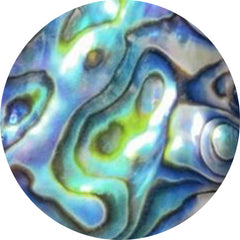 ABALONE SHELL (110)
ABALONE SHELL (110)
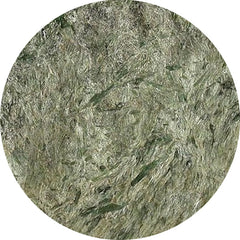 ACTINOLITE (4)
ACTINOLITE (4)
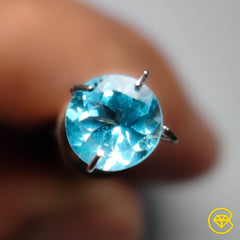 Affordable Gemstones (17640)
Affordable Gemstones (17640)
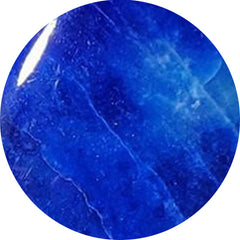 AFGHANITE (10)
AFGHANITE (10)
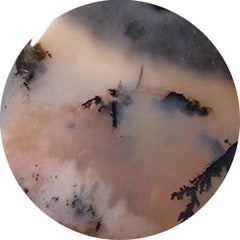 AGATE (2627)
AGATE (2627)
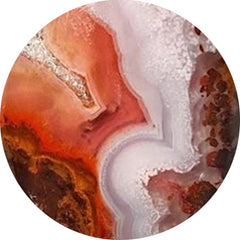 AGUA NUEVA (11)
AGUA NUEVA (11)
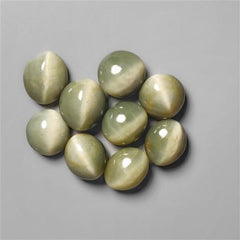 All Gemstones (4)
All Gemstones (4)
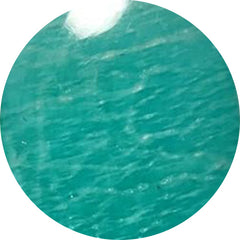 AMAZONITE (193)
AMAZONITE (193)
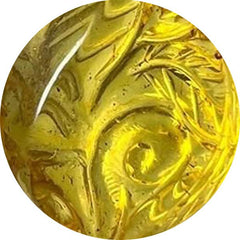 AMBER (137)
AMBER (137)
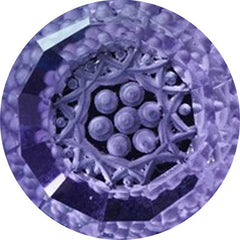 Amethyst (568)
Amethyst (568)
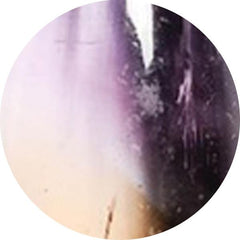 AMETRINE (0)
AMETRINE (0)
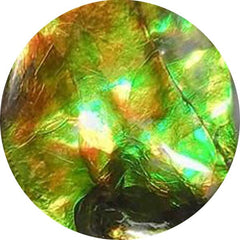 AMMOLITE (24)
AMMOLITE (24)
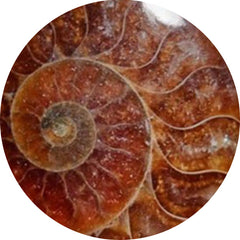 AMMONITE (91)
AMMONITE (91)
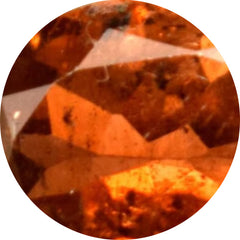 ANDALUSITE (1)
ANDALUSITE (1)
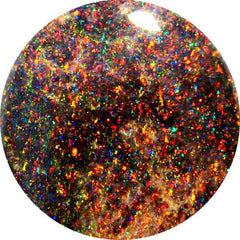 ANDAMOOKA OPAL (0)
ANDAMOOKA OPAL (0)
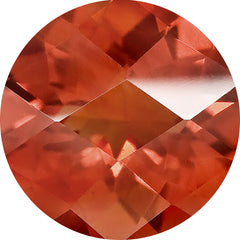 ANDESINE (1)
ANDESINE (1)
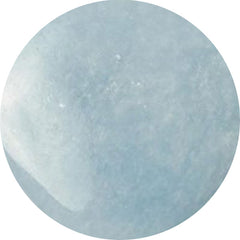 ANGELITE (32)
ANGELITE (32)
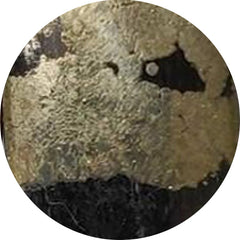 APACHE GOLD (24)
APACHE GOLD (24)
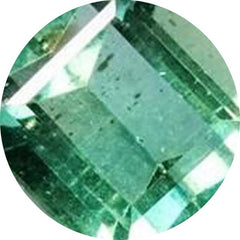 APATITE (127)
APATITE (127)
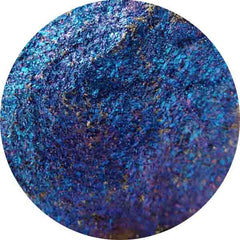 APOPHYLLITE (1)
APOPHYLLITE (1)
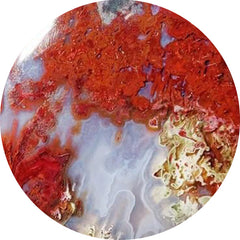 APPLE VALLEY AGATE (0)
APPLE VALLEY AGATE (0)
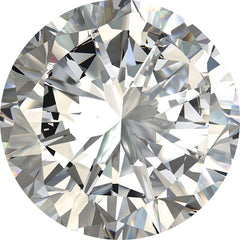 APRIL BIRTHSTONE (42)
APRIL BIRTHSTONE (42)
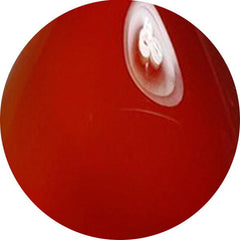 AQEEQ (0)
AQEEQ (0)
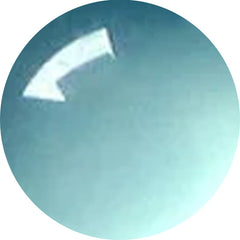 AQUA CHALCEDONY (26)
AQUA CHALCEDONY (26)
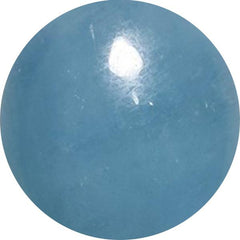 AQUAMARINE (106)
AQUAMARINE (106)
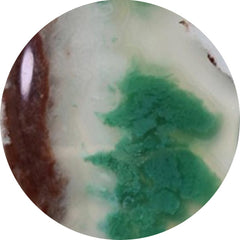 AQUAPRASE (64)
AQUAPRASE (64)
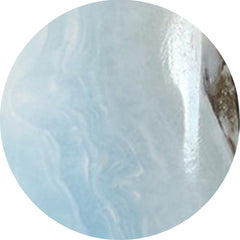 ARAGONITE (2)
ARAGONITE (2)
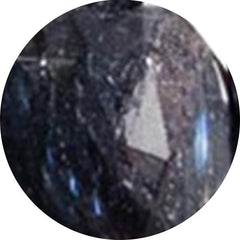 ARFVEDSONITE (12)
ARFVEDSONITE (12)
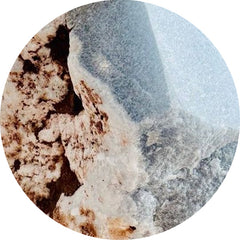 ARISTOLITE (0)
ARISTOLITE (0)
 ARIZONA TURQUOISE (0)
ARIZONA TURQUOISE (0)
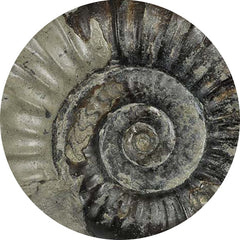 ARNIOCERAS SEMICOSTATUM FOSSIL (0)
ARNIOCERAS SEMICOSTATUM FOSSIL (0)
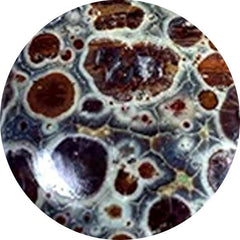 ASTEROID JASPER (11)
ASTEROID JASPER (11)
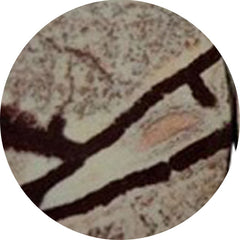 ASTROPHYLLITE (57)
ASTROPHYLLITE (57)
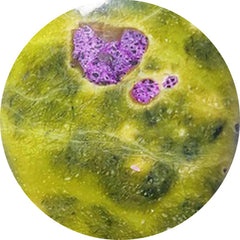 ATLANTASITE (92)
ATLANTASITE (92)
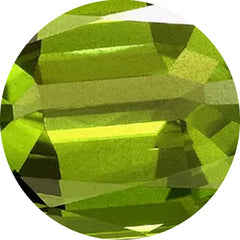 AUGUST BIRTHSTONE (24)
AUGUST BIRTHSTONE (24)
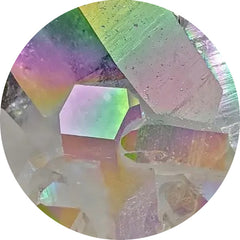 AURA QUARTZ (0)
AURA QUARTZ (0)
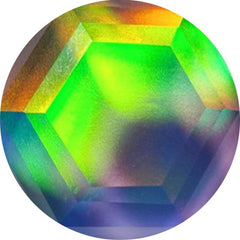 AURORA OPAL (277)
AURORA OPAL (277)
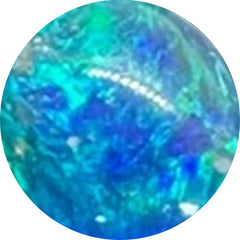 AUSTRALIAN OPAL (8)
AUSTRALIAN OPAL (8)
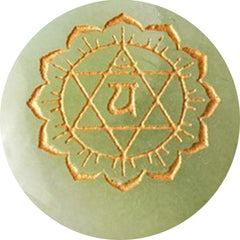 AVENTURINE (71)
AVENTURINE (71)
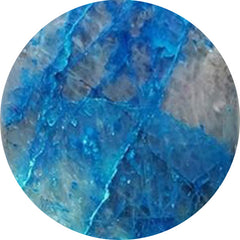 AZURITE (290)
AZURITE (290)
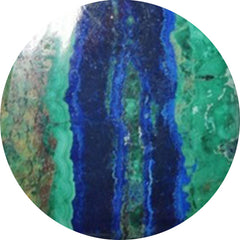 AZURITE MALACHITE (30)
AZURITE MALACHITE (30)
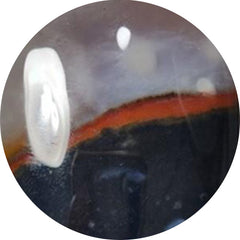 BANDED AGATE (85)
BANDED AGATE (85)
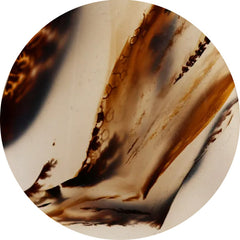 BARBER AGATE (0)
BARBER AGATE (0)
 BARITE (13)
BARITE (13)
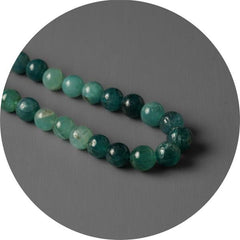 Beads (56)
Beads (56)
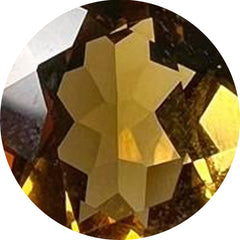 BEER QUARTZ (24)
BEER QUARTZ (24)
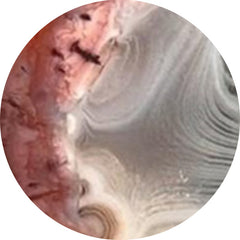 BERBER AGATE (5)
BERBER AGATE (5)
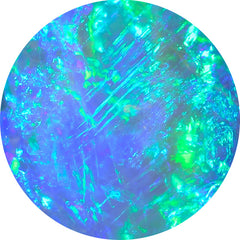 Best Seller (0)
Best Seller (0)
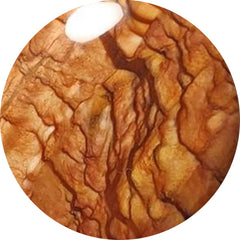 BIGGS JASPER (34)
BIGGS JASPER (34)
 Bird Carving (91)
Bird Carving (91)
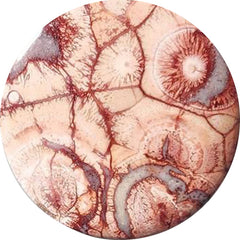 BIRD EYE JASPER (50)
BIRD EYE JASPER (50)
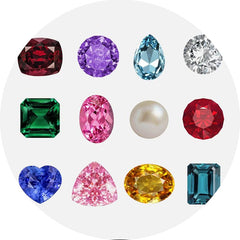 Birthstones (0)
Birthstones (0)
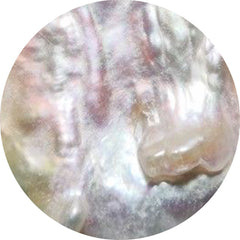 BIWA PEARL (37)
BIWA PEARL (37)
 Black Gemstones (971)
Black Gemstones (971)
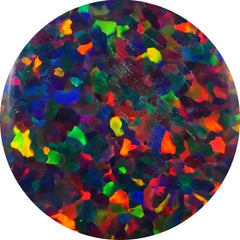 BLACK OPAL (36)
BLACK OPAL (36)
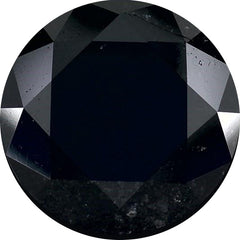 BLACK SPINEL (23)
BLACK SPINEL (23)
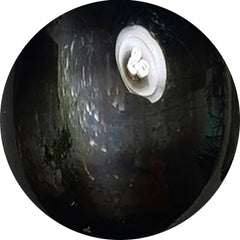 BLACK STAR (32)
BLACK STAR (32)
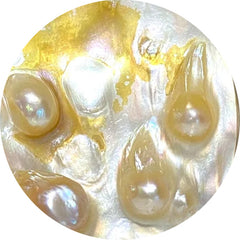 BLISTER PEARL (32)
BLISTER PEARL (32)
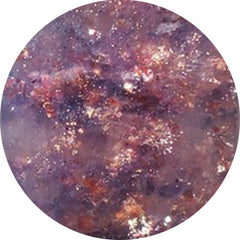 BLOODSHOT IOLITE (77)
BLOODSHOT IOLITE (77)
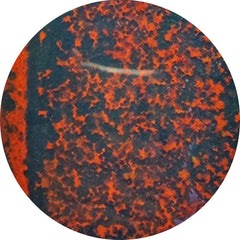 BLOODSTONE (71)
BLOODSTONE (71)
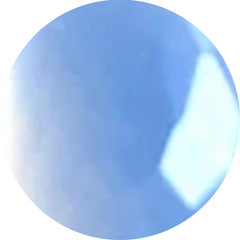 BLUE CHALCEDONY (44)
BLUE CHALCEDONY (44)
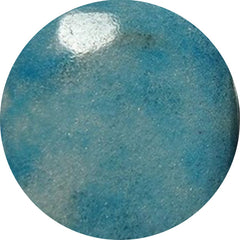 BLUE DIOPSIDE (0)
BLUE DIOPSIDE (0)
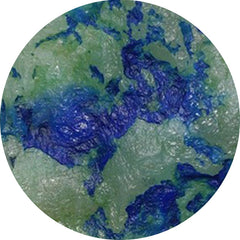 BLUE HORIZON (15)
BLUE HORIZON (15)
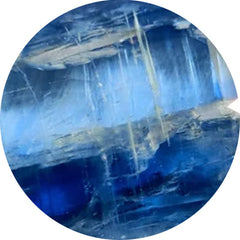 BLUE KYANITE (42)
BLUE KYANITE (42)
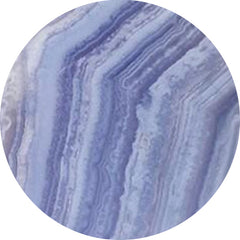 BLUE LACE AGATE (266)
BLUE LACE AGATE (266)
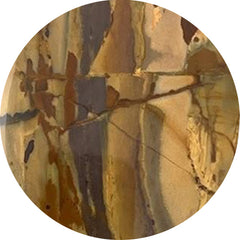 BLUE MOUNTAIN JASPER (0)
BLUE MOUNTAIN JASPER (0)
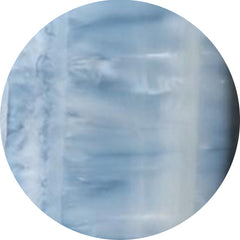 BLUE OPAL (171)
BLUE OPAL (171)
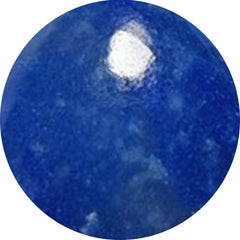 BLUE QUARTZ (40)
BLUE QUARTZ (40)
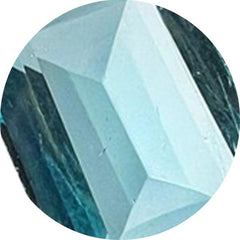 BLUE TOPAZ (66)
BLUE TOPAZ (66)
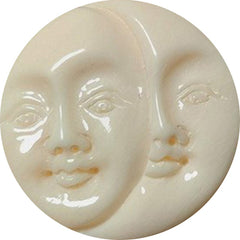 BONE (26)
BONE (26)
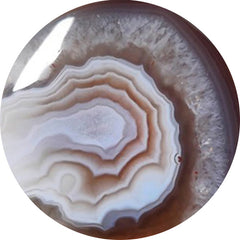 BOTSWANA AGATE (252)
BOTSWANA AGATE (252)
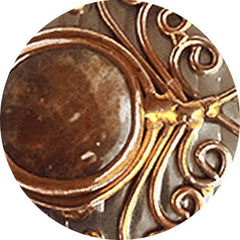 BRONZE (0)
BRONZE (0)
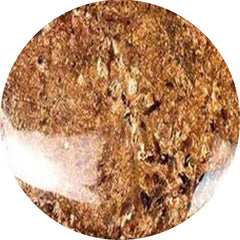 BRONZITE (2)
BRONZITE (2)
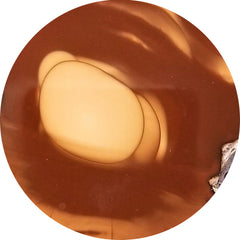 BRUNEAU JASPER (15)
BRUNEAU JASPER (15)
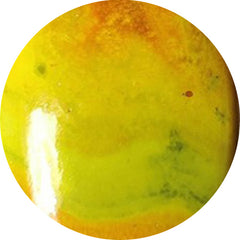 BUMBLE BEE JASPER (213)
BUMBLE BEE JASPER (213)
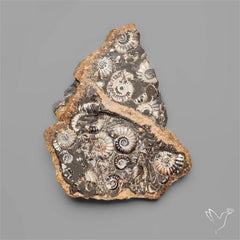 Buy Gemstones In USA (594)
Buy Gemstones In USA (594)
 Cabochon (0)
Cabochon (0)
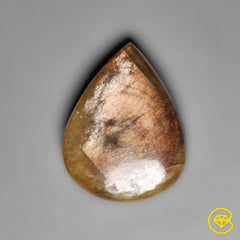 Cabochons (13282)
Cabochons (13282)
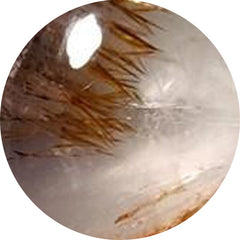 CACOXENITE (68)
CACOXENITE (68)
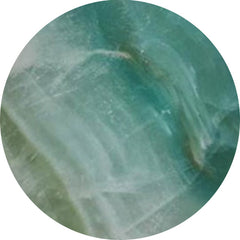 CALCITE (190)
CALCITE (190)
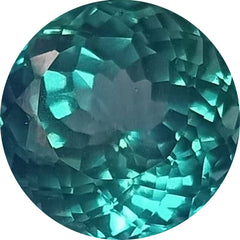 Calibrated (153)
Calibrated (153)
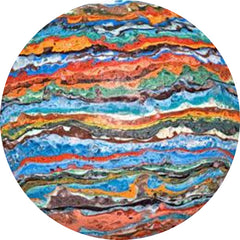 CALSILICA (0)
CALSILICA (0)
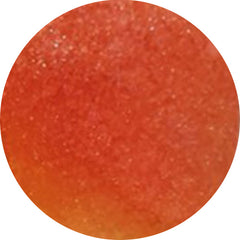 CANDY CORN (6)
CANDY CORN (6)
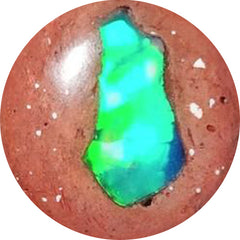 CANTERA OPAL (18)
CANTERA OPAL (18)
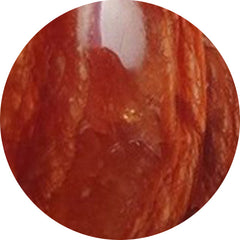 CARAMEL OPAL (3)
CARAMEL OPAL (3)
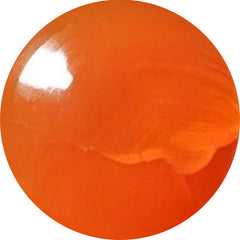 CARNELIAN AGATE (66)
CARNELIAN AGATE (66)
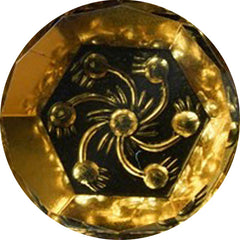 CARVING (1857)
CARVING (1857)
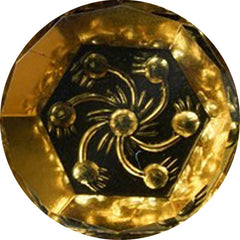 Carvings (2104)
Carvings (2104)
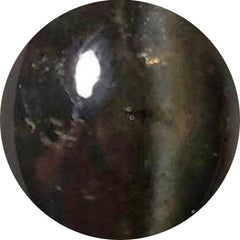 CATS EYE (65)
CATS EYE (65)
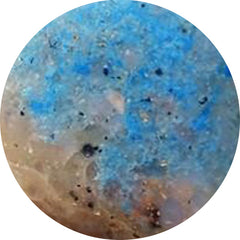 CAVANSITE (16)
CAVANSITE (16)
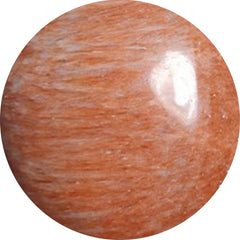 CELESTOBARITE (7)
CELESTOBARITE (7)
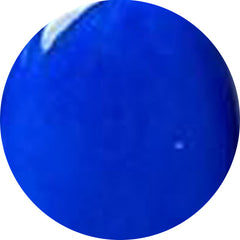 CERULEITE (0)
CERULEITE (0)
 CHAKRA STONE (1)
CHAKRA STONE (1)
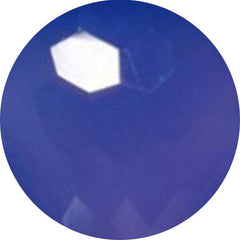 CHALCEDONY (486)
CHALCEDONY (486)
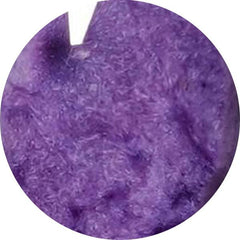 CHAROITE (191)
CHAROITE (191)
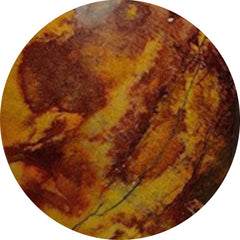 CHERRY CREEK JASPER (10)
CHERRY CREEK JASPER (10)
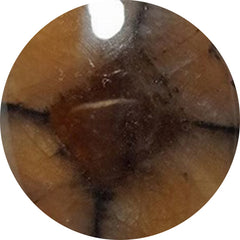 CHIASTOLITE (19)
CHIASTOLITE (19)
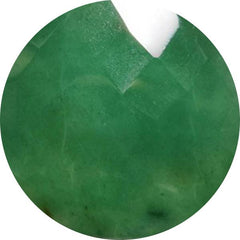 CHROME CHALCEDONY (82)
CHROME CHALCEDONY (82)
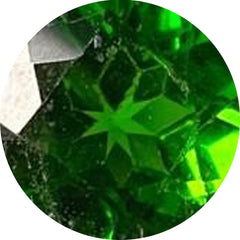 CHROME DIOPSIDE (23)
CHROME DIOPSIDE (23)
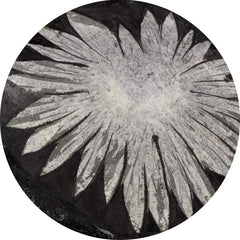 CHRYSANTHEMUM FOSSIL (0)
CHRYSANTHEMUM FOSSIL (0)
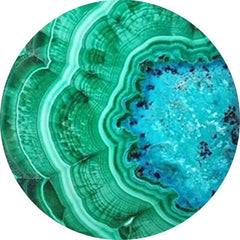 CHRYSOCOLLA (385)
CHRYSOCOLLA (385)
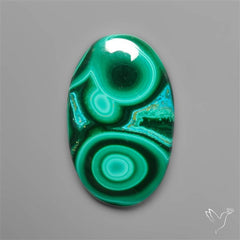 Chrysocolla Malachite (78)
Chrysocolla Malachite (78)
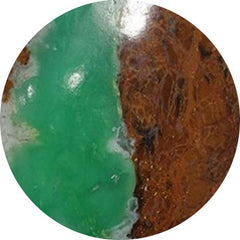 CHRYSOPRASE (289)
CHRYSOPRASE (289)
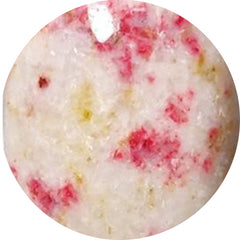 CINNABAR (20)
CINNABAR (20)
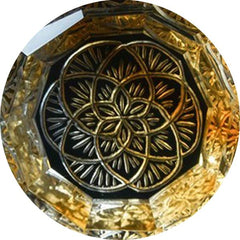 CITRINE (96)
CITRINE (96)
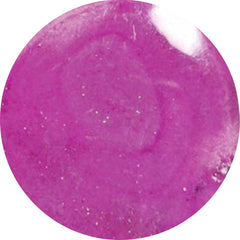 COBALTO CALCITE (67)
COBALTO CALCITE (67)
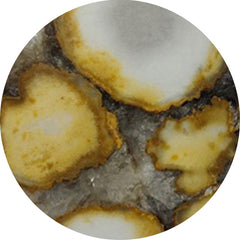 COBRA JASPER (30)
COBRA JASPER (30)
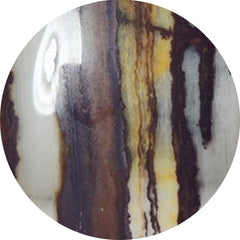 COCONUT JASPER (2)
COCONUT JASPER (2)
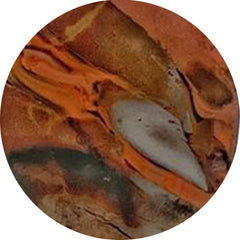 COFFEE BEAN JASPER (2)
COFFEE BEAN JASPER (2)
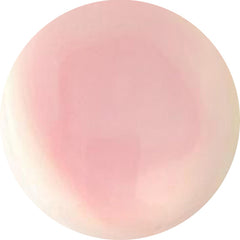 CONCH SHELL (9)
CONCH SHELL (9)
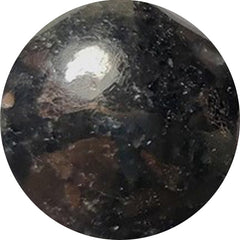 COPPERNITE (0)
COPPERNITE (0)
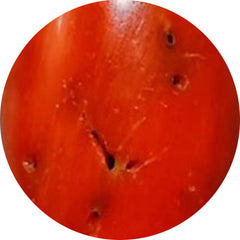 CORAL (353)
CORAL (353)
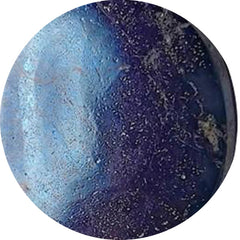 COVELLITE (8)
COVELLITE (8)
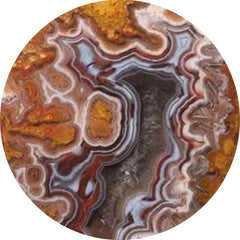 CRAZY LACE AGATE (193)
CRAZY LACE AGATE (193)
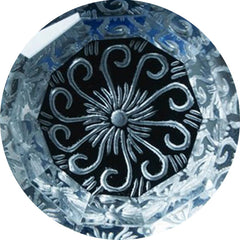 CRYSTAL (223)
CRYSTAL (223)
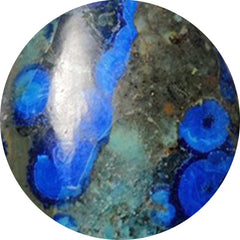 CUPRITE (34)
CUPRITE (34)
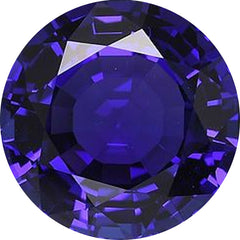 DECEMBER BIRTHSTONE (66)
DECEMBER BIRTHSTONE (66)
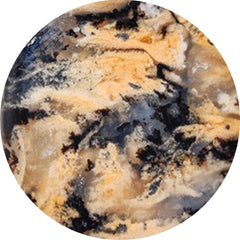 DENDRITIC AGATE (491)
DENDRITIC AGATE (491)
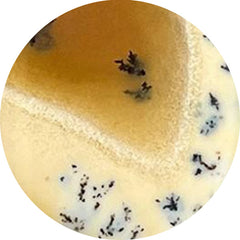 DENDRITIC OPAL (84)
DENDRITIC OPAL (84)
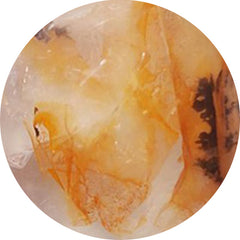 DENDRITIC QUARTZ (2)
DENDRITIC QUARTZ (2)
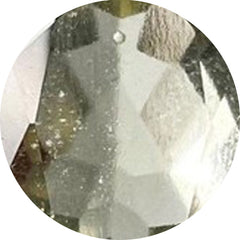 DESERT GLASS (9)
DESERT GLASS (9)
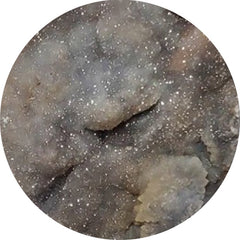 DESERT JASPER DRUZY (14)
DESERT JASPER DRUZY (14)
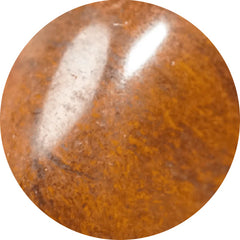 DESERT SUNSET JASPER (9)
DESERT SUNSET JASPER (9)
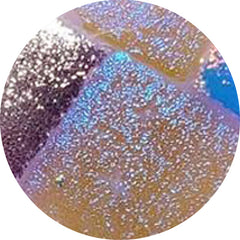 DICHROIC GLASS (145)
DICHROIC GLASS (145)
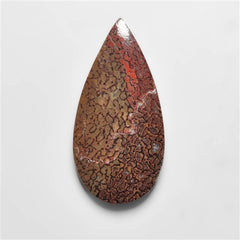 DINOSAUR BONE FOSSIL (17)
DINOSAUR BONE FOSSIL (17)
 DIOPSIDE (57)
DIOPSIDE (57)
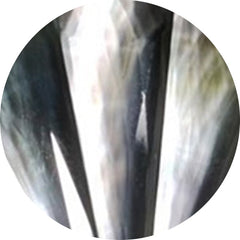 Doublets (852)
Doublets (852)
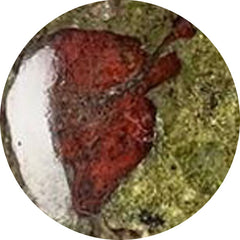 DRAGONBLOOD JASPER (1)
DRAGONBLOOD JASPER (1)
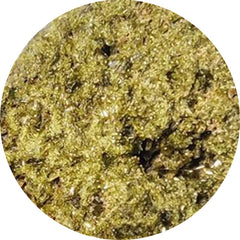 DRUZY (413)
DRUZY (413)
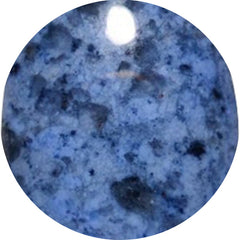 DUMORTIERITE (63)
DUMORTIERITE (63)
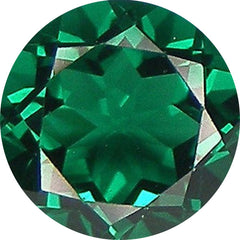 EMERALD (68)
EMERALD (68)
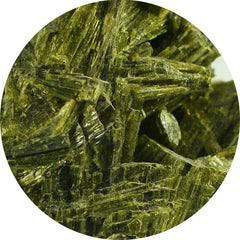 EPIDOTE (10)
EPIDOTE (10)
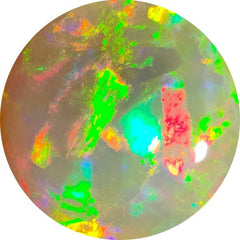 ETHIOPIAN OPAL (45)
ETHIOPIAN OPAL (45)
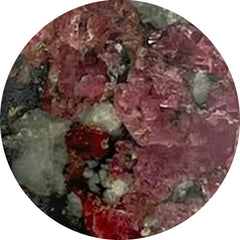 EUDIALYTE (18)
EUDIALYTE (18)
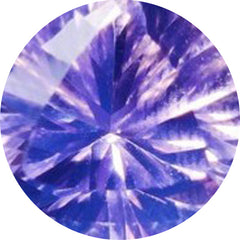 FACETED ROSE CUT (2068)
FACETED ROSE CUT (2068)
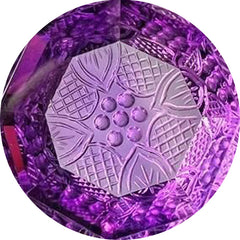 FANTASY CUTS (55)
FANTASY CUTS (55)
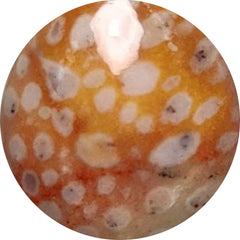 FAWN JASPER (14)
FAWN JASPER (14)
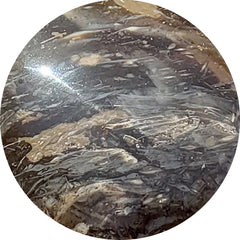 FEATHER AGATE (0)
FEATHER AGATE (0)
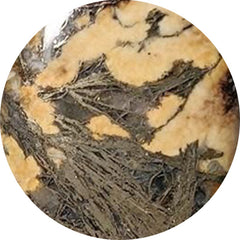 FEATHER PYRITE (38)
FEATHER PYRITE (38)
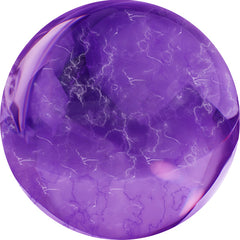 FEBRUARY BIRTHSTONE (568)
FEBRUARY BIRTHSTONE (568)
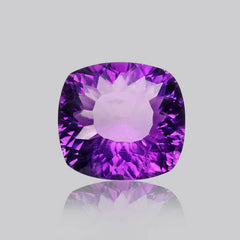 Fine Amethyst (27)
Fine Amethyst (27)
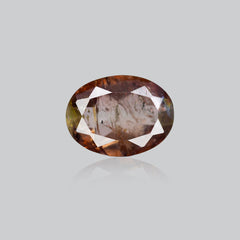 Fine Andalusite (1)
Fine Andalusite (1)
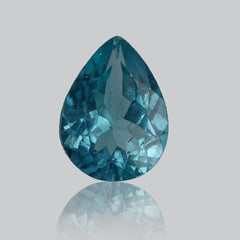 Fine Apatite (7)
Fine Apatite (7)
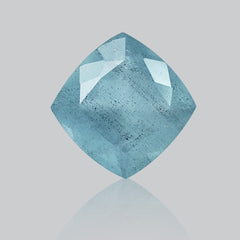 Fine Aquamarine (10)
Fine Aquamarine (10)
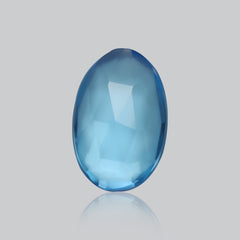 Fine Blue Topaz (43)
Fine Blue Topaz (43)
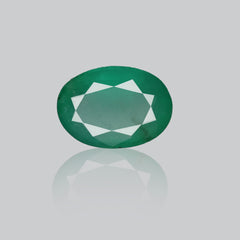 Fine Emerald (14)
Fine Emerald (14)
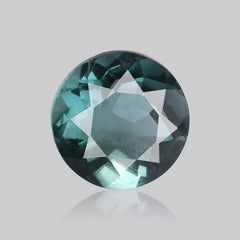 Fine Fluorite (12)
Fine Fluorite (12)
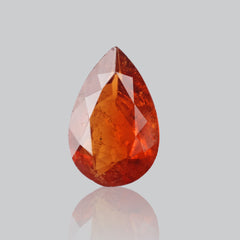 Fine Garnet (27)
Fine Garnet (27)
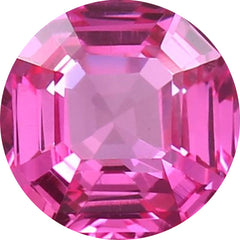 Fine Gemstone (0)
Fine Gemstone (0)
 Fine Iolite (10)
Fine Iolite (10)
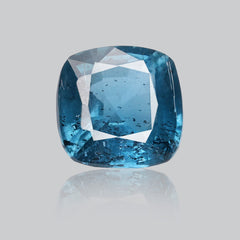 Fine Kyanite (30)
Fine Kyanite (30)
 Fine Moonstone (12)
Fine Moonstone (12)
 Fine Peridot (21)
Fine Peridot (21)
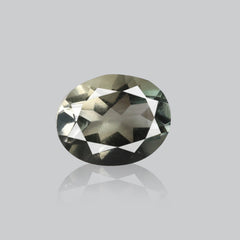 Fine Prasiolite (27)
Fine Prasiolite (27)
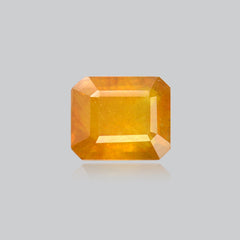 Fine Sapphire (1)
Fine Sapphire (1)
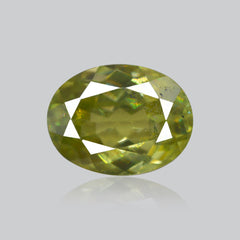 Fine Sphene (17)
Fine Sphene (17)
 Fine Sunstone (5)
Fine Sunstone (5)
 Fine Tanzanite (27)
Fine Tanzanite (27)
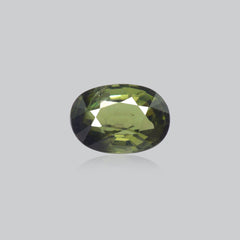 Fine Tourmaline (4)
Fine Tourmaline (4)
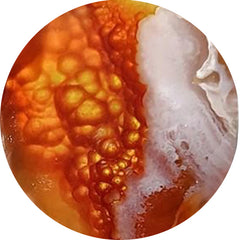 FIRE AGATE (7)
FIRE AGATE (7)
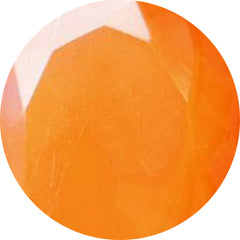 FIRE OPALS (8)
FIRE OPALS (8)
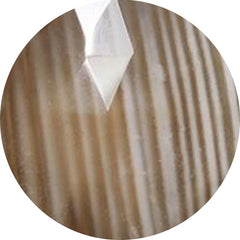 FLINT STONE (10)
FLINT STONE (10)
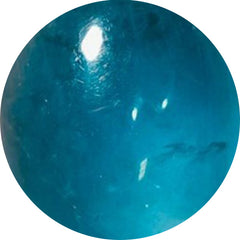 FLUORITE (188)
FLUORITE (188)
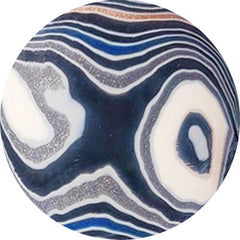 FORDITE (59)
FORDITE (59)
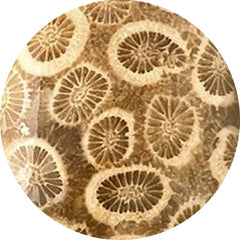 FOSSIL CORAL (305)
FOSSIL CORAL (305)
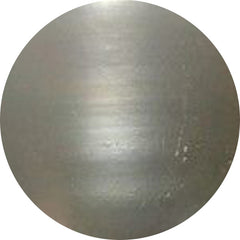 FOSSIL MARSTON MARBLE (24)
FOSSIL MARSTON MARBLE (24)
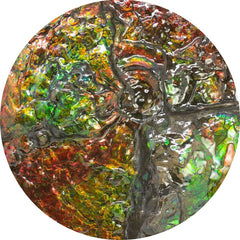 Fossils (548)
Fossils (548)
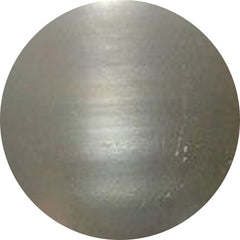 FRESHWATER PEARL (26)
FRESHWATER PEARL (26)
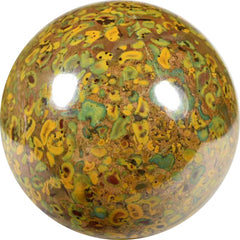 FRUIT JASPER (14)
FRUIT JASPER (14)
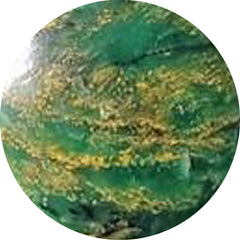 FUCHSITE (7)
FUCHSITE (7)
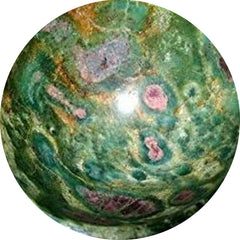 FUSCHITE (11)
FUSCHITE (11)
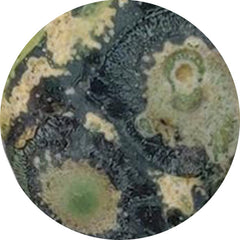 GALAXY JASPER (3)
GALAXY JASPER (3)
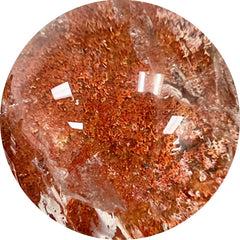 GARDEN QUARTZ (6)
GARDEN QUARTZ (6)
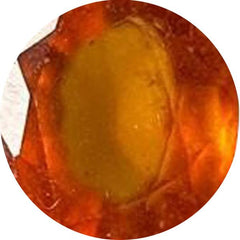 GARNET (122)
GARNET (122)
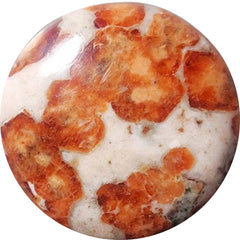 GARNET IN LIMESTONE (36)
GARNET IN LIMESTONE (36)
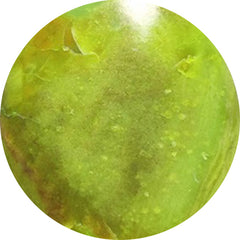 GASPEITE (22)
GASPEITE (22)
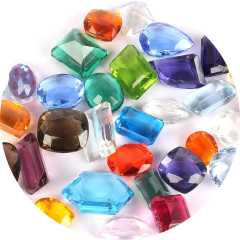 GEMSTONE LOTS (465)
GEMSTONE LOTS (465)
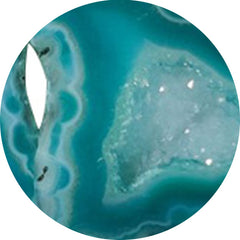 GEODE (17)
GEODE (17)
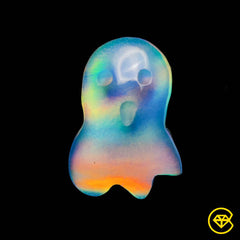 Ghost carving (67)
Ghost carving (67)
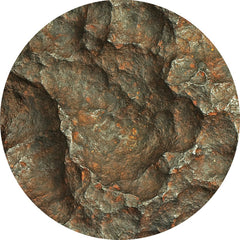 GIBEON METEORITE (32)
GIBEON METEORITE (32)
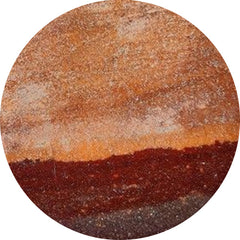 GILA MONSTER AGATE (16)
GILA MONSTER AGATE (16)
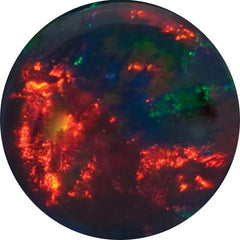 GILSON OPAL (23)
GILSON OPAL (23)
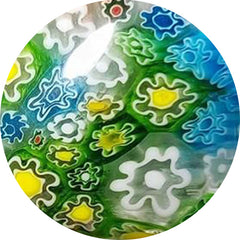 GLASS (165)
GLASS (165)
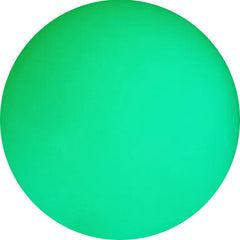 GLOW STONE (15)
GLOW STONE (15)
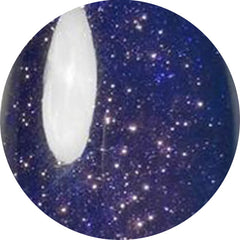 GOLDSTONE (37)
GOLDSTONE (37)
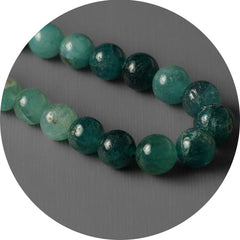 GRANDIDIERITE (8)
GRANDIDIERITE (8)
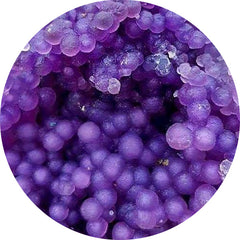 GRAPE AGATE (114)
GRAPE AGATE (114)
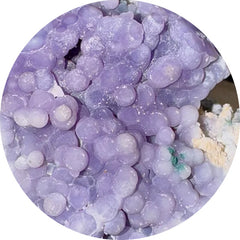 GRAPE CHALCEDONY (4)
GRAPE CHALCEDONY (4)
 Green Gemstones (425)
Green Gemstones (425)
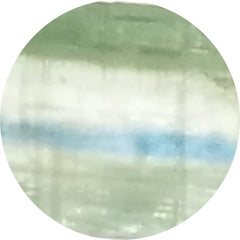 GREEN KYANITE (12)
GREEN KYANITE (12)
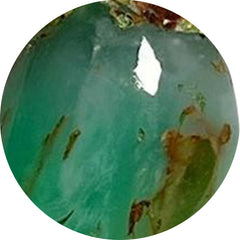 GREEN PRASE OPAL (12)
GREEN PRASE OPAL (12)
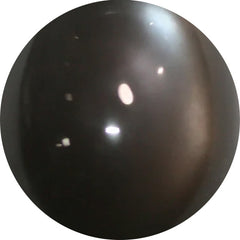 GREY MOONSTONE (32)
GREY MOONSTONE (32)
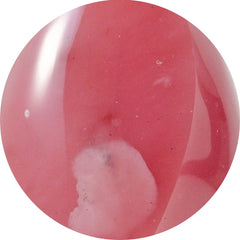 GUAVA QUARTZ (9)
GUAVA QUARTZ (9)
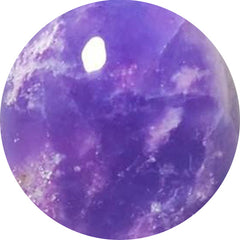 HACKMANITE (12)
HACKMANITE (12)
 HEART CARVING (353)
HEART CARVING (353)
 Heart Shape Gemstones (5)
Heart Shape Gemstones (5)
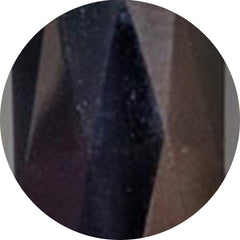 HEMATITE (37)
HEMATITE (37)
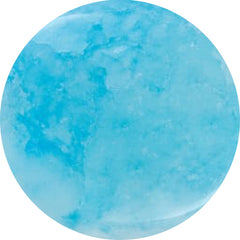 HEMIMORPHITE (57)
HEMIMORPHITE (57)
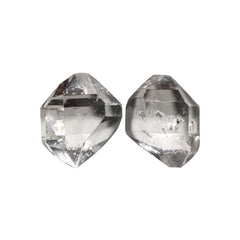 Herkimer Diamond (42)
Herkimer Diamond (42)
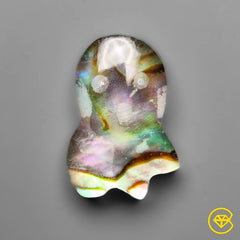 Himalayan Quartz (472)
Himalayan Quartz (472)
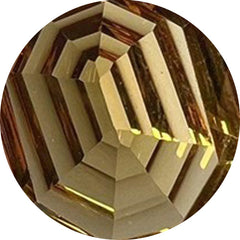 HONEY QUARTZ (21)
HONEY QUARTZ (21)
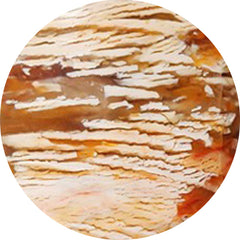 HOWARDITE OPAL (29)
HOWARDITE OPAL (29)
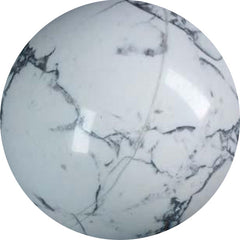 HOWLITE (4)
HOWLITE (4)
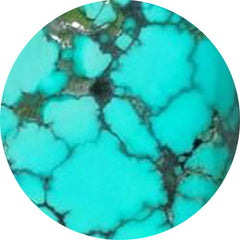 HUBEI TURQUOISE (64)
HUBEI TURQUOISE (64)
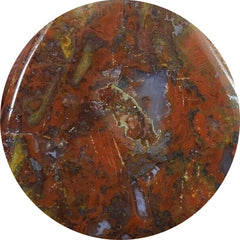 HUNGARIAN AGATE (1)
HUNGARIAN AGATE (1)
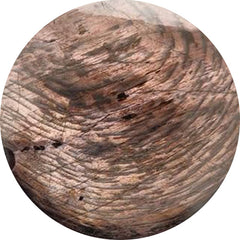 HYPERSTHENE (46)
HYPERSTHENE (46)
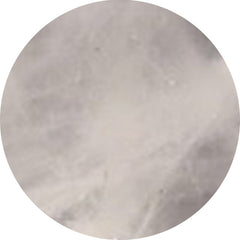 ICE QUARTZ (0)
ICE QUARTZ (0)
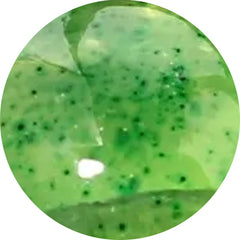 IDOCRASE (1)
IDOCRASE (1)
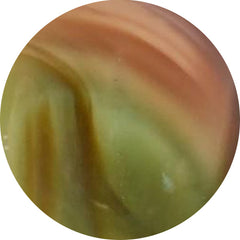 IMPERIAL JASPER (83)
IMPERIAL JASPER (83)
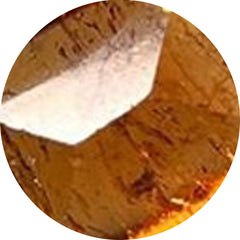 IMPERIAL TOPAZ (0)
IMPERIAL TOPAZ (0)
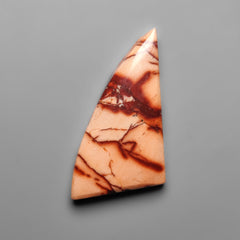 INDIAN PAINT STONE (5)
INDIAN PAINT STONE (5)
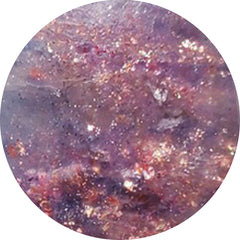 IOLITE (143)
IOLITE (143)
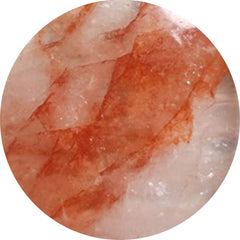 IRON QUARTZ (52)
IRON QUARTZ (52)
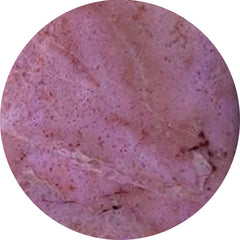 JADE (37)
JADE (37)
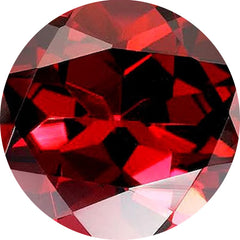 JANUARY BIRTHSTONE (122)
JANUARY BIRTHSTONE (122)
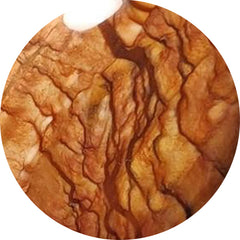 JASPERS (42)
JASPERS (42)
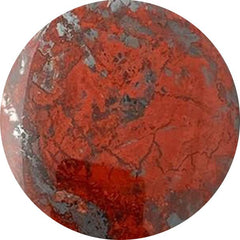 JASPILLITE (5)
JASPILLITE (5)
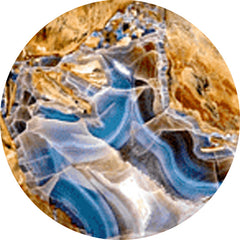 JAVA CHALCEDONY (16)
JAVA CHALCEDONY (16)
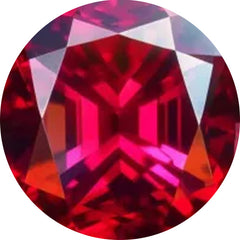 JULY BIRTHSTONE (189)
JULY BIRTHSTONE (189)
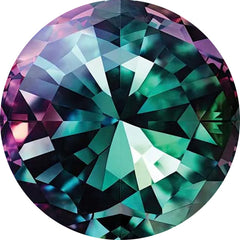 June Birthstones: Moonstone, Pearl, and Alexandrite (643)
June Birthstones: Moonstone, Pearl, and Alexandrite (643)
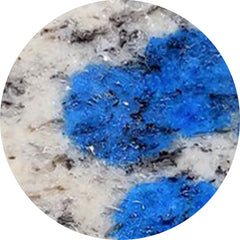 K2 JASPER (9)
K2 JASPER (9)
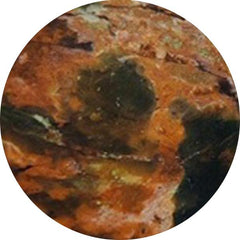 KALEIDOSCOPE AGATE (0)
KALEIDOSCOPE AGATE (0)
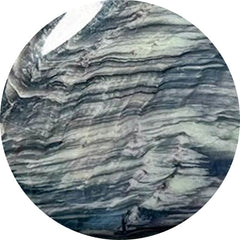 KAMMERERITE (110)
KAMMERERITE (110)
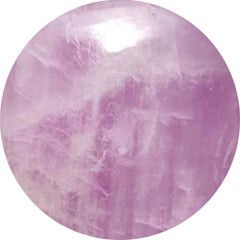 KUNZITE (7)
KUNZITE (7)
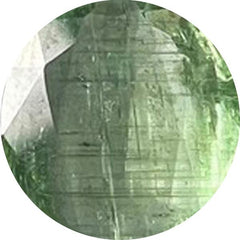 KYANITE (102)
KYANITE (102)
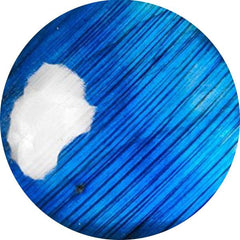 LABRADORITE (279)
LABRADORITE (279)
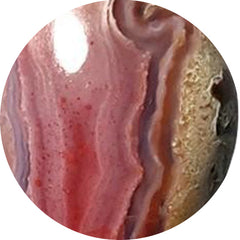 LAGUNA LACE AGATE (61)
LAGUNA LACE AGATE (61)
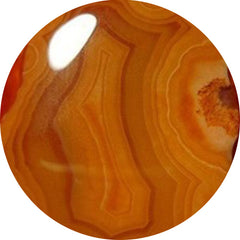 LAKE SUPERIOR AGATE (29)
LAKE SUPERIOR AGATE (29)
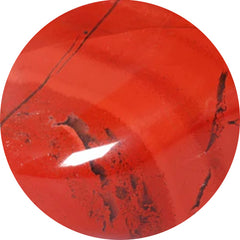 LANDSCAPE JASPER (0)
LANDSCAPE JASPER (0)
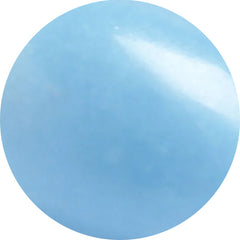 LANGITE (0)
LANGITE (0)
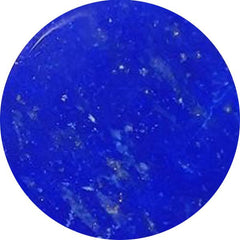 LAPIS LAZULI (183)
LAPIS LAZULI (183)
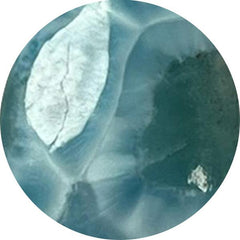 LARIMAR (106)
LARIMAR (106)
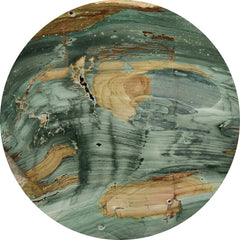 LARSONITE (19)
LARSONITE (19)
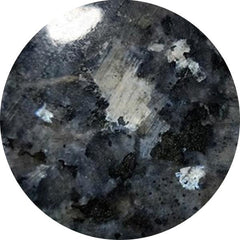 LARVIKITE FELDSPAR (46)
LARVIKITE FELDSPAR (46)
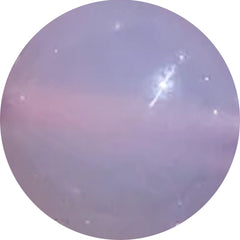 LAVENDER CHALCEDONY (32)
LAVENDER CHALCEDONY (32)
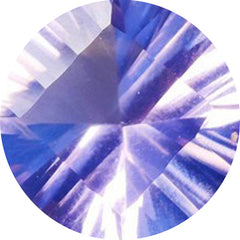 LAVENDER QUARTZ (5)
LAVENDER QUARTZ (5)
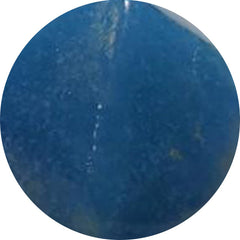 LAZULITE (8)
LAZULITE (8)
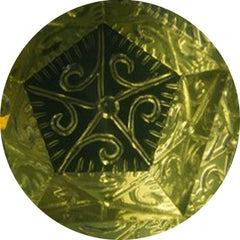 LEMON QUARTZ (45)
LEMON QUARTZ (45)
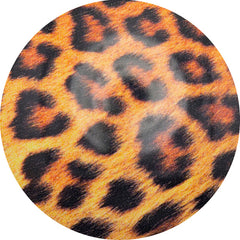 LEOPARD SKIN SHELL (0)
LEOPARD SKIN SHELL (0)
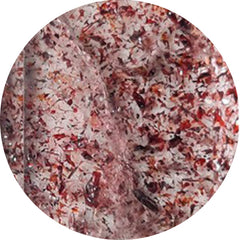 LEPIDOCROCITE (8)
LEPIDOCROCITE (8)
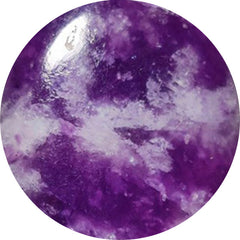 LEPIDOLITE (84)
LEPIDOLITE (84)
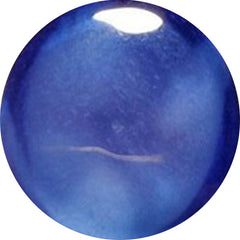 LINDY STAR SAPPHIRE (0)
LINDY STAR SAPPHIRE (0)
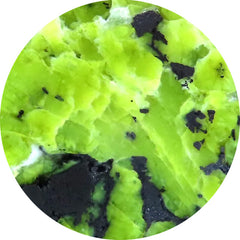 LIZARDITE (59)
LIZARDITE (59)
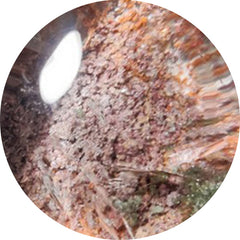 LODOLITE (96)
LODOLITE (96)
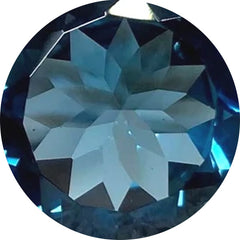 LONDON BLUE TOPAZ (22)
LONDON BLUE TOPAZ (22)
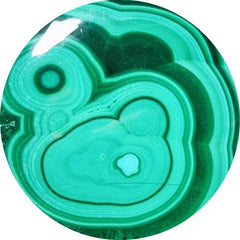 MALACHITE (616)
MALACHITE (616)
 Malawi Moonstone (15)
Malawi Moonstone (15)
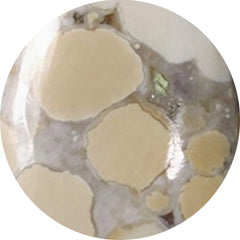 MALIGANO JASPER (73)
MALIGANO JASPER (73)
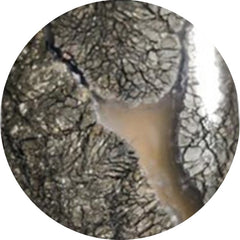 MARCASITE (28)
MARCASITE (28)
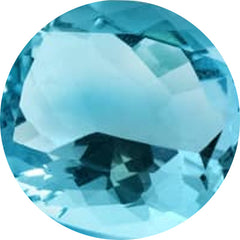 MARCH BIRTHSTONE (106)
MARCH BIRTHSTONE (106)
 Marquise Shape Gemstones (6)
Marquise Shape Gemstones (6)
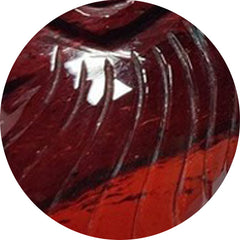 MARY ELLEN JASPER (0)
MARY ELLEN JASPER (0)
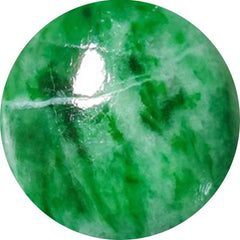 MAW SIT SIT (19)
MAW SIT SIT (19)
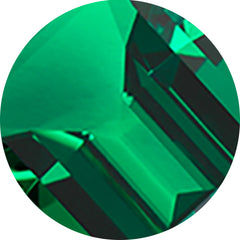 MAY BIRTHSTONE (68)
MAY BIRTHSTONE (68)
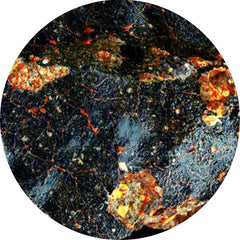 METEORITE (32)
METEORITE (32)
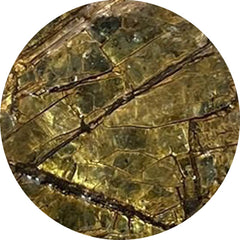 MICA (45)
MICA (45)
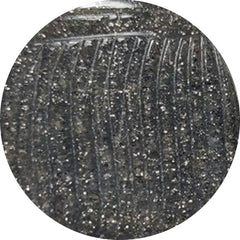 MIDNIGHT QUARTZITE (21)
MIDNIGHT QUARTZITE (21)
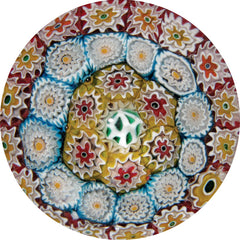 MILLEFIORI GLASS (2)
MILLEFIORI GLASS (2)
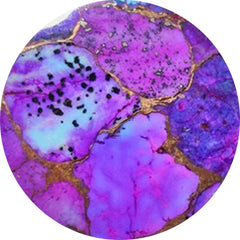 MOHAVE TURQUOISE (84)
MOHAVE TURQUOISE (84)
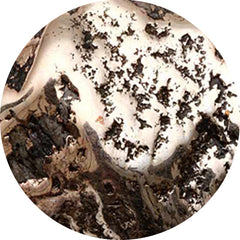 MOHAWKITES (0)
MOHAWKITES (0)
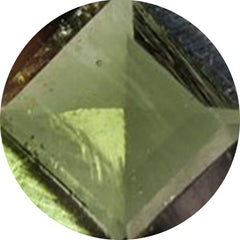 MOLDAVITE (27)
MOLDAVITE (27)
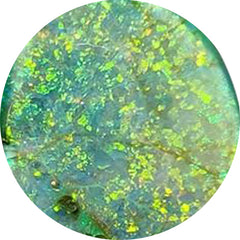 MONARCH OPAL (11)
MONARCH OPAL (11)
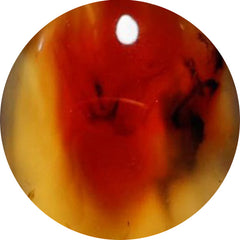 MONTANA AGATE (101)
MONTANA AGATE (101)
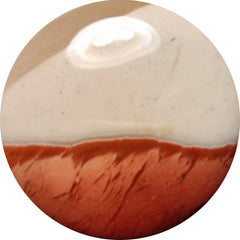 MOOKAITE (39)
MOOKAITE (39)
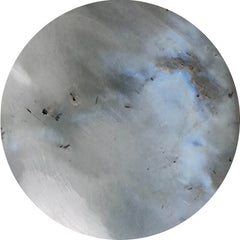 MOONSTONE (291)
MOONSTONE (291)
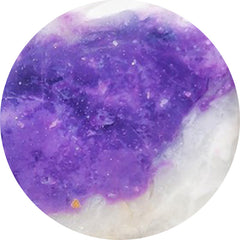 MORADO OPAL (1)
MORADO OPAL (1)
 Morenci Turquoise (0)
Morenci Turquoise (0)
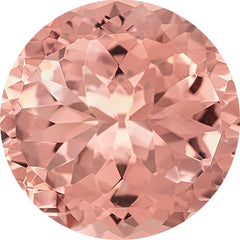 MORGANITE (0)
MORGANITE (0)
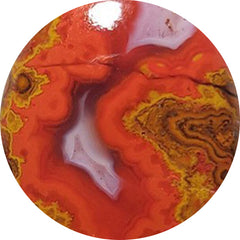 MOROCCAN SEAM AGATE (109)
MOROCCAN SEAM AGATE (109)
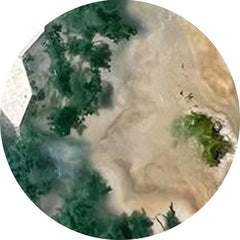 MOSS AGATE (416)
MOSS AGATE (416)
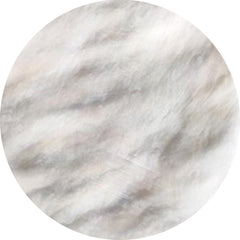 MOTHER OF PEARL (506)
MOTHER OF PEARL (506)
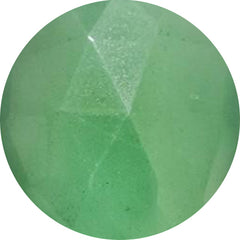 MTOROLITE (47)
MTOROLITE (47)
 Mughal Carving (526)
Mughal Carving (526)
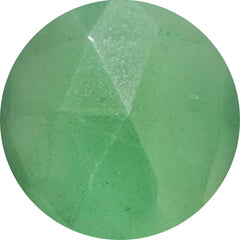 MUSCOVITE (21)
MUSCOVITE (21)
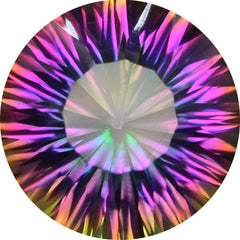 MYSTIC QUARTZ (1)
MYSTIC QUARTZ (1)
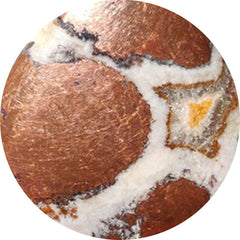 NATIVE COPPER (35)
NATIVE COPPER (35)
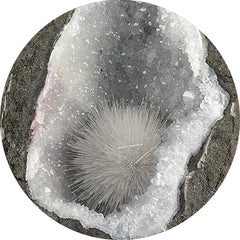 NATROLITE (27)
NATROLITE (27)
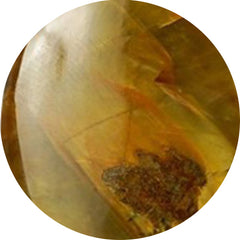 NELLITE (8)
NELLITE (8)
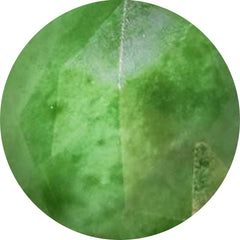 NEPHRITE JADE (4)
NEPHRITE JADE (4)
 New Arrivals (466)
New Arrivals (466)
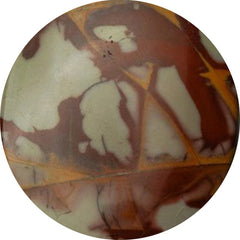 NOREENA JASPER (34)
NOREENA JASPER (34)
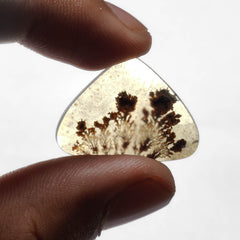 NOVEMBER BIRTHSTONE (95)
NOVEMBER BIRTHSTONE (95)
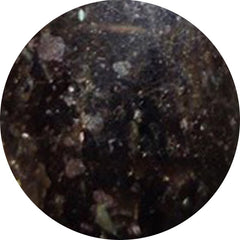 NUUMMITE (0)
NUUMMITE (0)
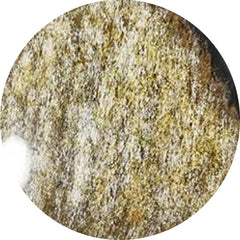 OBSIDIAN (372)
OBSIDIAN (372)
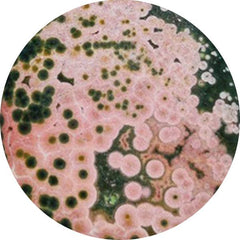 OCEAN JASPER (289)
OCEAN JASPER (289)
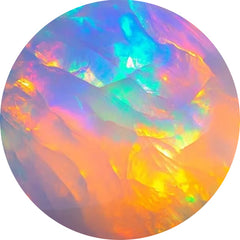 OCTOBER BIRTHSTONE (179)
OCTOBER BIRTHSTONE (179)
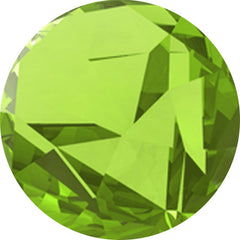 OLIVE QUARTZ (6)
OLIVE QUARTZ (6)
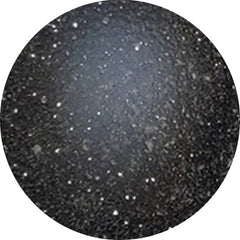 ONYX (296)
ONYX (296)
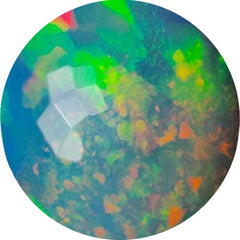 Opal (1051)
Opal (1051)
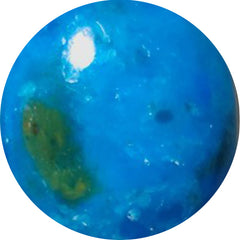 OPALINA (11)
OPALINA (11)
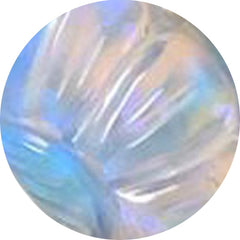 OPALITE (27)
OPALITE (27)
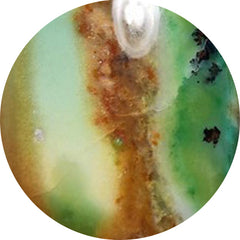 OPALWOOD (5)
OPALWOOD (5)
 Orange Gemstones (332)
Orange Gemstones (332)
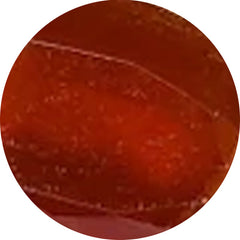 ORANGE KYANITE (3)
ORANGE KYANITE (3)
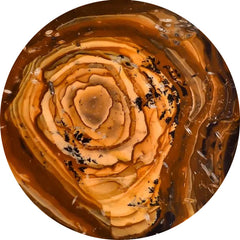 OREGON JASPER (7)
OREGON JASPER (7)
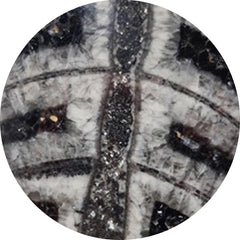 ORTHOCERAS FOSSIL (42)
ORTHOCERAS FOSSIL (42)
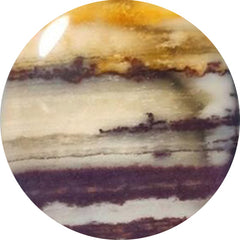 OUTBACK JASPER (5)
OUTBACK JASPER (5)
 Oval Shape Gemstones (7)
Oval Shape Gemstones (7)
 OVER $50 (195)
OVER $50 (195)
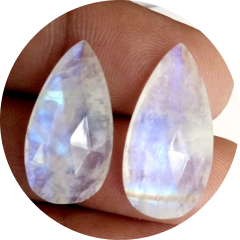 Pairs (1118)
Pairs (1118)
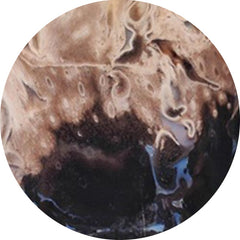 PALMROOT AGATE (62)
PALMROOT AGATE (62)
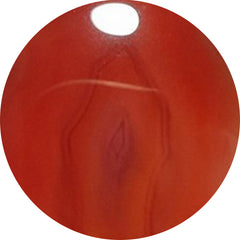 PASSION AGATE (1)
PASSION AGATE (1)
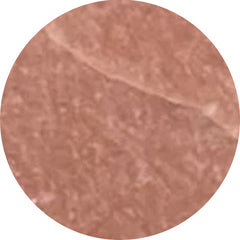 PEACH MOONSTONE (53)
PEACH MOONSTONE (53)
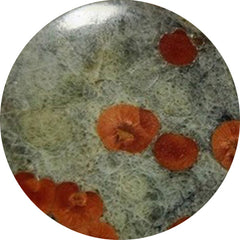 PEANUT OBSIDIAN (45)
PEANUT OBSIDIAN (45)
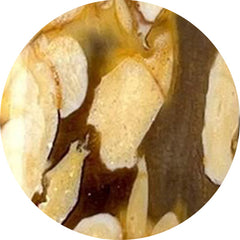 PEANUT WOOD JASPER (91)
PEANUT WOOD JASPER (91)
 Pear Shape Gemstones (11)
Pear Shape Gemstones (11)
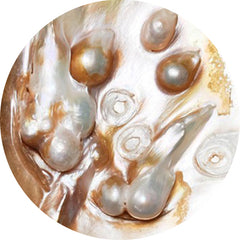 PEARL (643)
PEARL (643)
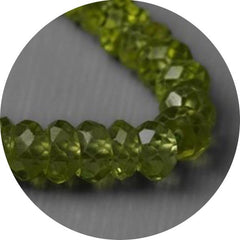 PERIDOT (24)
PERIDOT (24)
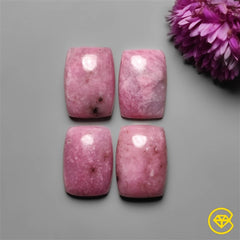 PETALITE (23)
PETALITE (23)
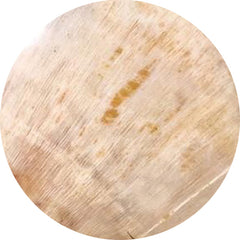 PETRIFIED WOOD (50)
PETRIFIED WOOD (50)
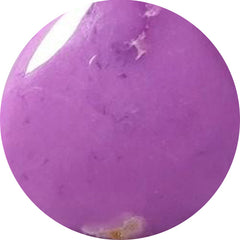 PHOSPHOSIDERITE (97)
PHOSPHOSIDERITE (97)
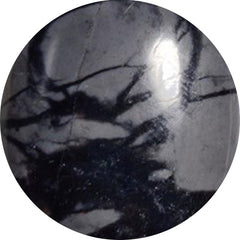 PICASSO JASPER (76)
PICASSO JASPER (76)
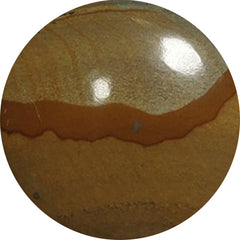 PICTURE JASPER (76)
PICTURE JASPER (76)
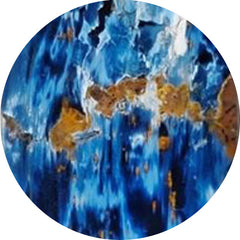 PIETERSITE (65)
PIETERSITE (65)
 Pink Gemstones (426)
Pink Gemstones (426)
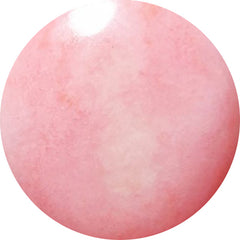 PINK OPAL (156)
PINK OPAL (156)
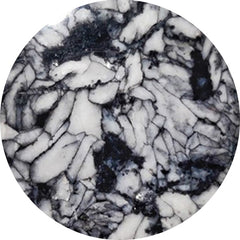 PINOLITH (38)
PINOLITH (38)
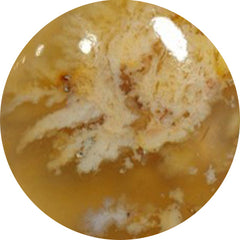 PLUME AGATE (99)
PLUME AGATE (99)
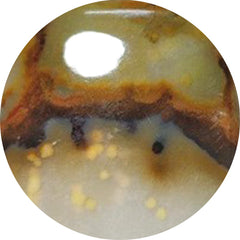 POLKA DOT AGATE (41)
POLKA DOT AGATE (41)
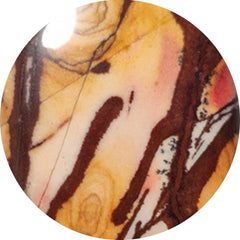 POLYCHROME JASPER (49)
POLYCHROME JASPER (49)
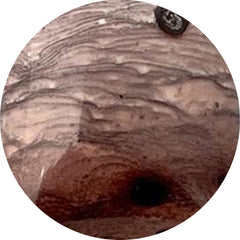 PORCELAIN JASPER (33)
PORCELAIN JASPER (33)
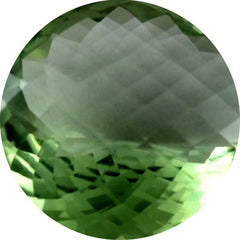 PRASIOLITE (49)
PRASIOLITE (49)
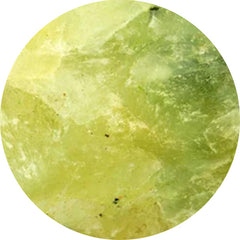 PREHNITE (25)
PREHNITE (25)
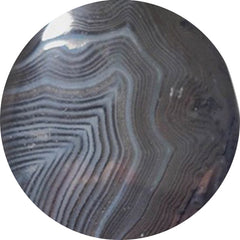 PSILOMELANE (25)
PSILOMELANE (25)
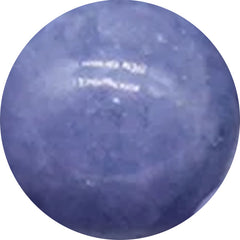 PURPLE CHALCEDONY (45)
PURPLE CHALCEDONY (45)
 Purple Gemstones (949)
Purple Gemstones (949)
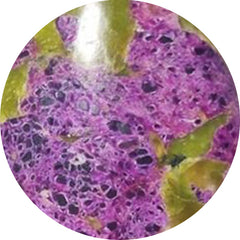 PURPURITE (9)
PURPURITE (9)
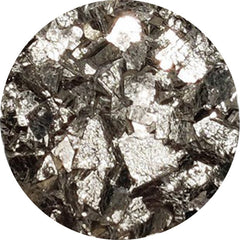 PYRITE (136)
PYRITE (136)
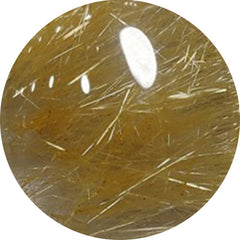 QUARTZ (133)
QUARTZ (133)
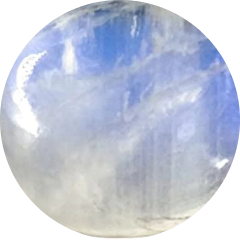 Rain Moonstones (0)
Rain Moonstones (0)
 RAINBOW CALCILICA (13)
RAINBOW CALCILICA (13)
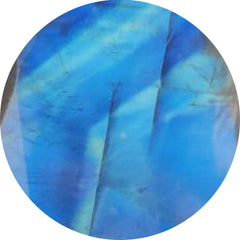 RAINBOW MOONSTONE (77)
RAINBOW MOONSTONE (77)
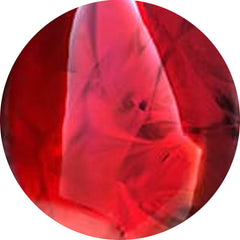 RED FOSSIL (0)
RED FOSSIL (0)
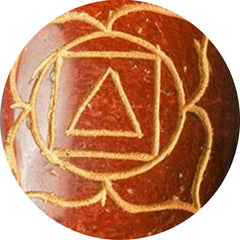 RED JASPER (3)
RED JASPER (3)
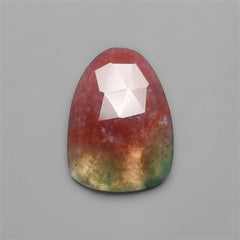 Red Moss Agate (87)
Red Moss Agate (87)
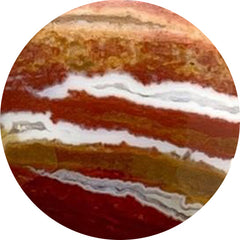 RED RIVER JASPER (16)
RED RIVER JASPER (16)
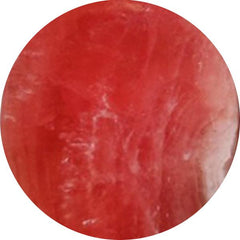 RHODOCHROSITE (365)
RHODOCHROSITE (365)
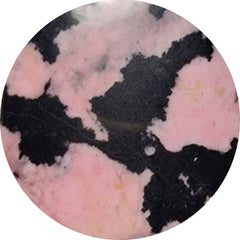 RHODONITE (83)
RHODONITE (83)
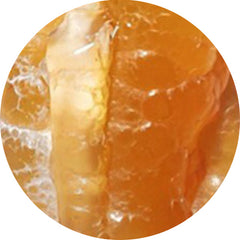 ROCK CHALCEDONY (2)
ROCK CHALCEDONY (2)
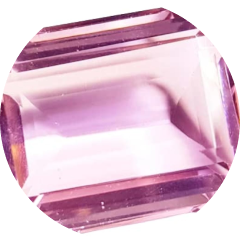 Rose Cut Gemstones (807)
Rose Cut Gemstones (807)
 ROSE QUARTZ (60)
ROSE QUARTZ (60)
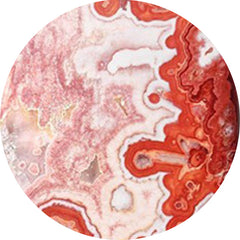 ROSITA JASPER (12)
ROSITA JASPER (12)
 Round Shape Gemstones (8)
Round Shape Gemstones (8)
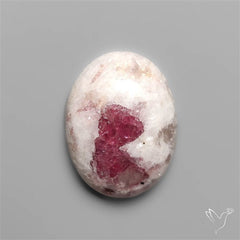 Rubellite (16)
Rubellite (16)
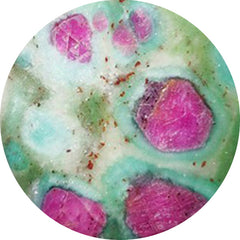 RUBY IN FUCHSITE (6)
RUBY IN FUCHSITE (6)
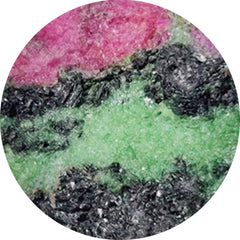 RUBY IN ZOISITE (97)
RUBY IN ZOISITE (97)
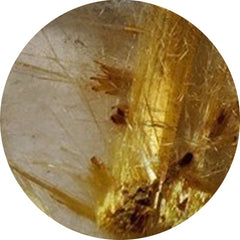 RUTILATED QUARTZ (262)
RUTILATED QUARTZ (262)
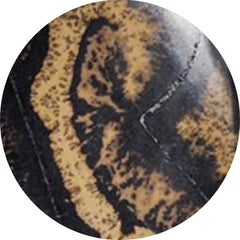 SAGE BRUSH JASPER (0)
SAGE BRUSH JASPER (0)
 SAND DOLLAR FOSSIL (4)
SAND DOLLAR FOSSIL (4)
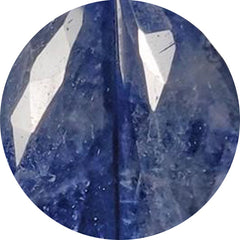 SAPPHIRE (46)
SAPPHIRE (46)
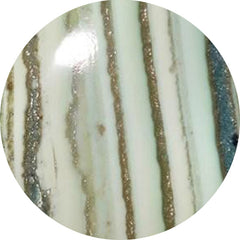 SATURN CHALCEDONY (62)
SATURN CHALCEDONY (62)
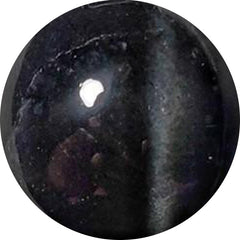 SCAPOLITE (13)
SCAPOLITE (13)
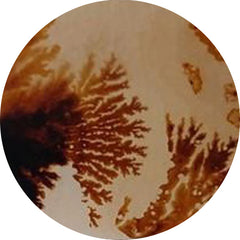 SCENIC AGATE (121)
SCENIC AGATE (121)
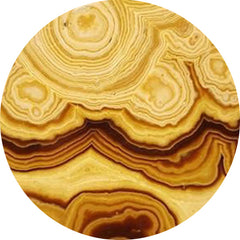 SCHALENBLENDE (102)
SCHALENBLENDE (102)
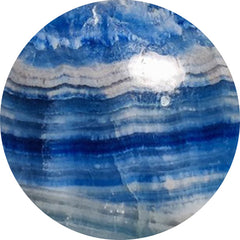 SCHEELITE (37)
SCHEELITE (37)
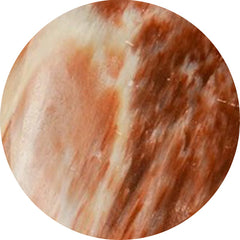 SCOLECITE (51)
SCOLECITE (51)
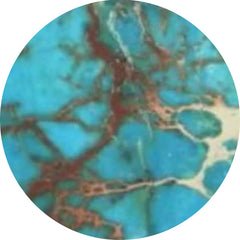 SEA SEDIMENT JASPER (1)
SEA SEDIMENT JASPER (1)
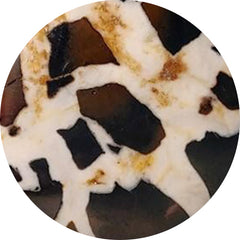 SEPTARIAN (97)
SEPTARIAN (97)
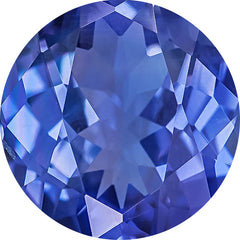 SEPTEMBER BIRTHSTONE (185)
SEPTEMBER BIRTHSTONE (185)
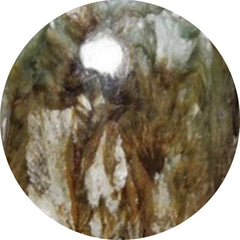 SERAPHINITE (75)
SERAPHINITE (75)
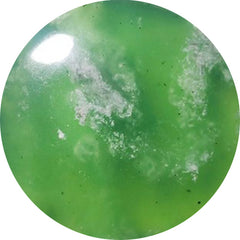 SERPENTINE (182)
SERPENTINE (182)
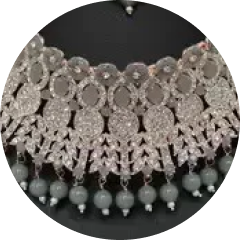 SETS (0)
SETS (0)
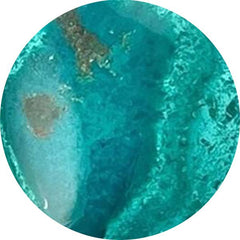 SHATTUCKITE (292)
SHATTUCKITE (292)
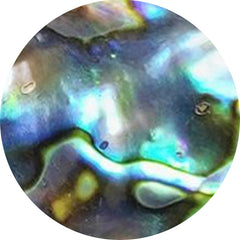 SHELL (288)
SHELL (288)
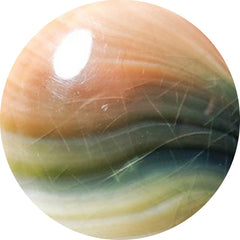 SHIVA EYE SHELL (48)
SHIVA EYE SHELL (48)
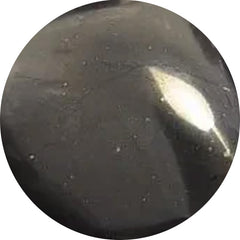 SHUNGITE (5)
SHUNGITE (5)
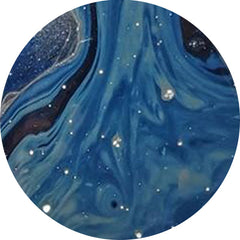 SIEBER AGATE (0)
SIEBER AGATE (0)
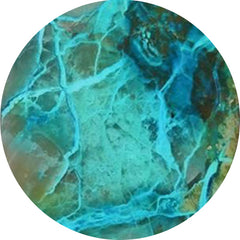 SILICA (4)
SILICA (4)
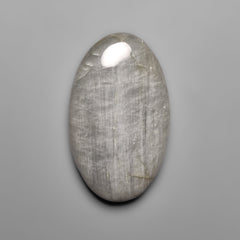 Silver Leaf Jasper (9)
Silver Leaf Jasper (9)
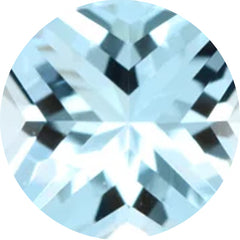 SKY BLUE TOPAZ (6)
SKY BLUE TOPAZ (6)
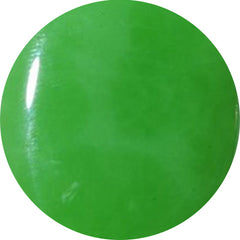 SMITHSONITE (33)
SMITHSONITE (33)
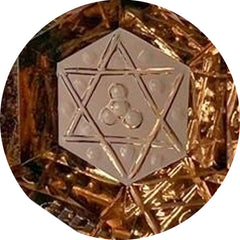 SMOKY QUARTZ (26)
SMOKY QUARTZ (26)
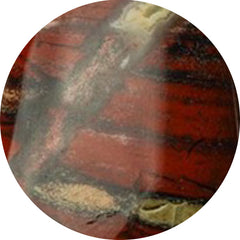 SNAKESKIN JASPER (54)
SNAKESKIN JASPER (54)
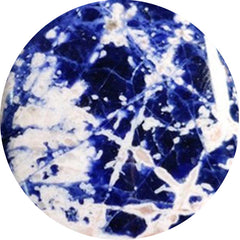 SODALITE (82)
SODALITE (82)
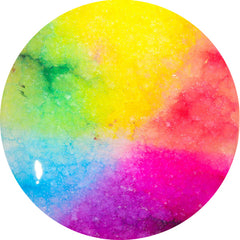 SOLAR AGATE (0)
SOLAR AGATE (0)
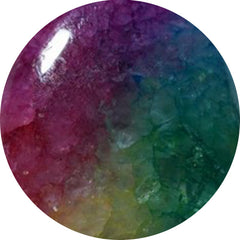 SOLAR QUARTZ (53)
SOLAR QUARTZ (53)
 SPECTROLITE (72)
SPECTROLITE (72)
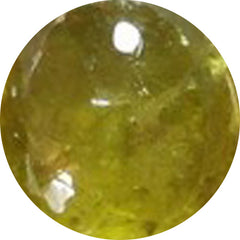 SPHENCE (25)
SPHENCE (25)
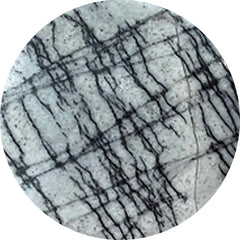 SPIDERWEB JASPER (4)
SPIDERWEB JASPER (4)
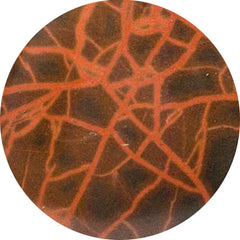 SPIDERWOMAN JASPER (0)
SPIDERWOMAN JASPER (0)
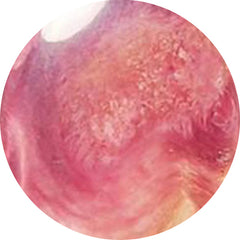 SPINY OYSTER SHELL (59)
SPINY OYSTER SHELL (59)
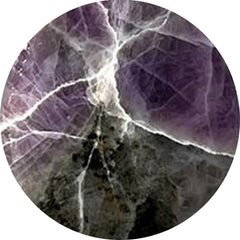 SPURRITE (7)
SPURRITE (7)
 Square Shape Gemstones (5)
Square Shape Gemstones (5)
 STARBURST (1)
STARBURST (1)
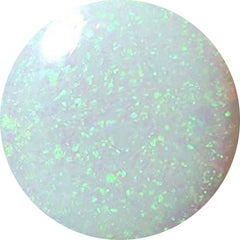 STERLING OPAL (1)
STERLING OPAL (1)
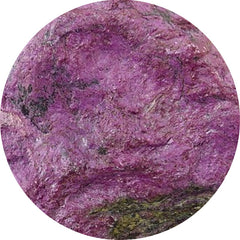 Stichtite (39)
Stichtite (39)
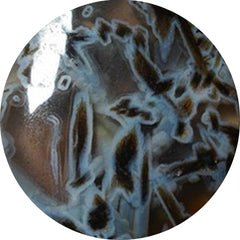 STICK AGATE (8)
STICK AGATE (8)
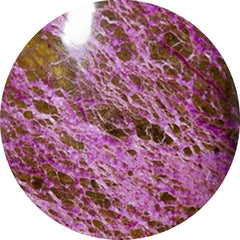 STITCHTITE (125)
STITCHTITE (125)
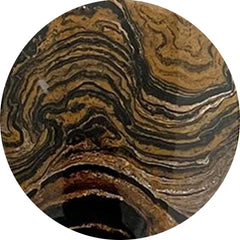 STRAMATOLITE (0)
STRAMATOLITE (0)
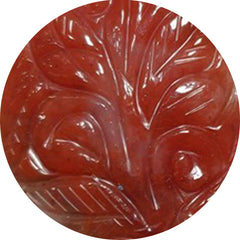 STRAWBERRY QUARTZ (13)
STRAWBERRY QUARTZ (13)
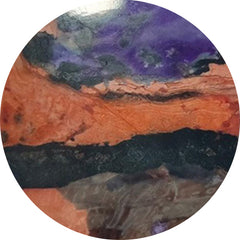 SUGILITE (1)
SUGILITE (1)
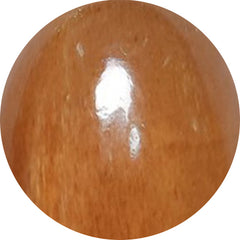 SUNSTONE (209)
SUNSTONE (209)
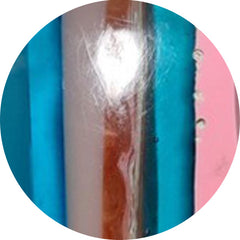 SURFITE (1)
SURFITE (1)
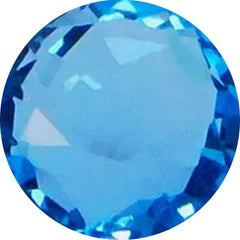 SWISS BLUE TOPAZ (35)
SWISS BLUE TOPAZ (35)
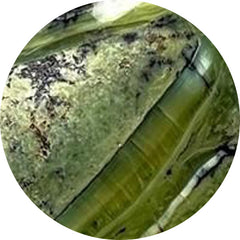 SWISS OPAL (0)
SWISS OPAL (0)
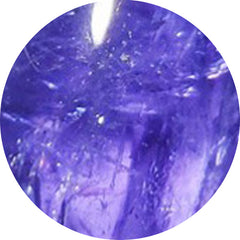 TANZANITE (31)
TANZANITE (31)
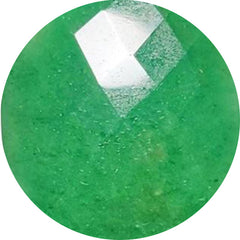 TANZURINE (11)
TANZURINE (11)
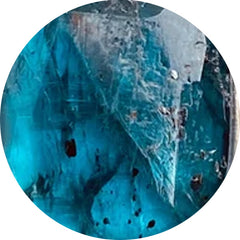 TEAL KYANITE (9)
TEAL KYANITE (9)
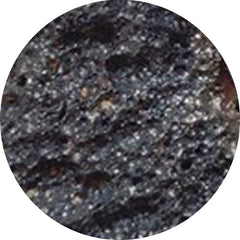 TEKTITE (43)
TEKTITE (43)
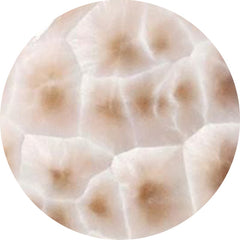 THOMSONITE (36)
THOMSONITE (36)
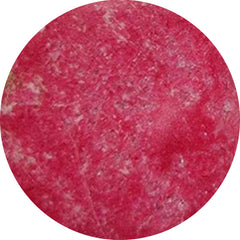 THULITE (91)
THULITE (91)
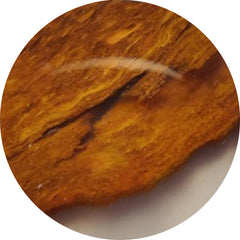 THUNDER EGG AGATE (0)
THUNDER EGG AGATE (0)
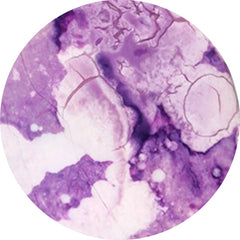 TIFFANY STONE (8)
TIFFANY STONE (8)
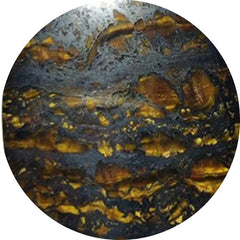 TIGER EYE (70)
TIGER EYE (70)
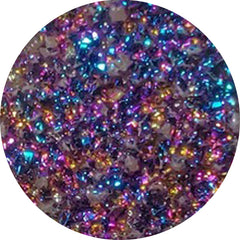 TITANIUM DRUZY (9)
TITANIUM DRUZY (9)
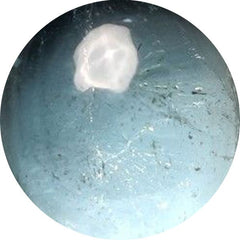 TOPAZ (66)
TOPAZ (66)
 TOURMALINE (191)
TOURMALINE (191)
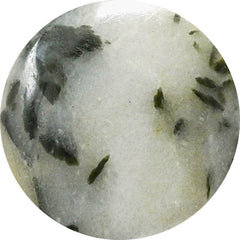 TOURMALINE IN QUARTZ (90)
TOURMALINE IN QUARTZ (90)
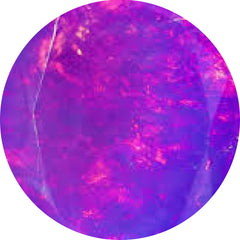 TREATED OPAL (38)
TREATED OPAL (38)
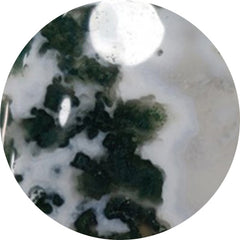 TREE AGATE (31)
TREE AGATE (31)
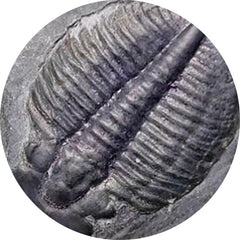 TRILOBITE FOSSIL (14)
TRILOBITE FOSSIL (14)
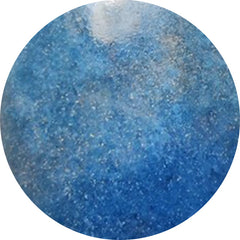 TROLLEITE QUARTZ (30)
TROLLEITE QUARTZ (30)
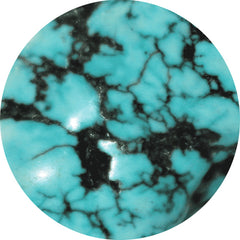 TUMBLES (1)
TUMBLES (1)
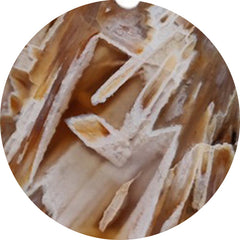 TURKISH TUBE AGATE (65)
TURKISH TUBE AGATE (65)
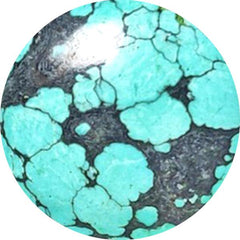 TURQUOISE (288)
TURQUOISE (288)
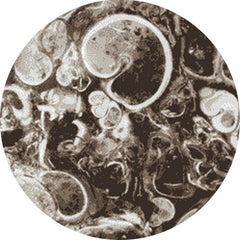 TURRITELLA JASPER (2)
TURRITELLA JASPER (2)
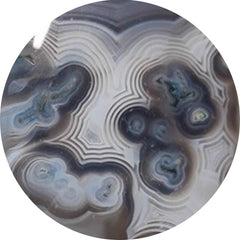 TUXEDO AGATE (75)
TUXEDO AGATE (75)
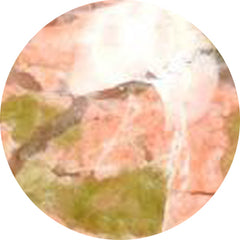 Unakite (5)
Unakite (5)
 UNDER $10 (4380)
UNDER $10 (4380)
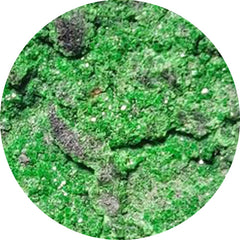 UVAROVITE GARNET (3)
UVAROVITE GARNET (3)
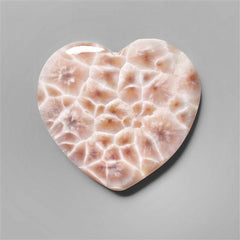 Valentine (750)
Valentine (750)
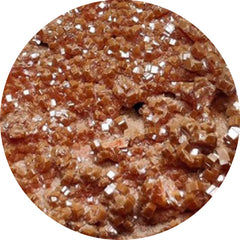 VANADINITE DRUZY (10)
VANADINITE DRUZY (10)
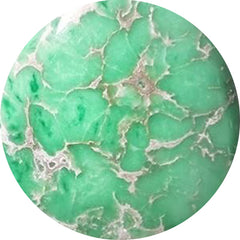 VARISCITE (135)
VARISCITE (135)
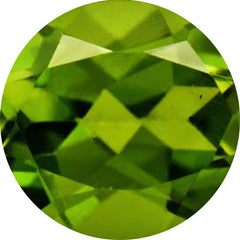 VESUVIANITE (1)
VESUVIANITE (1)
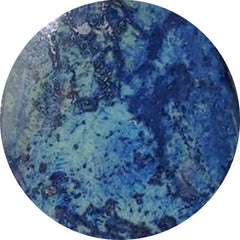 VIVIANITE (0)
VIVIANITE (0)
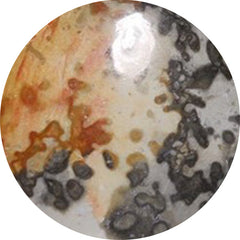 VOLCANIC COTHAM MARBLE (7)
VOLCANIC COTHAM MARBLE (7)
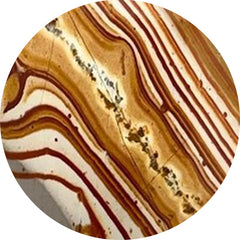 WAGUL JASPER (3)
WAGUL JASPER (3)
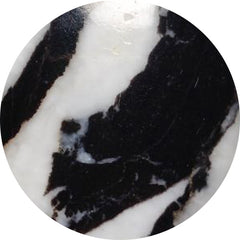 WHITE BUFFALO TURQUOISE (24)
WHITE BUFFALO TURQUOISE (24)
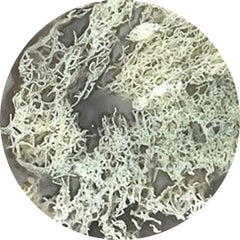 WHITE HORSE CANYON (47)
WHITE HORSE CANYON (47)
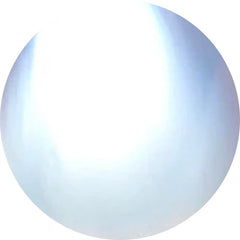 WHITE MOONSTONE (43)
WHITE MOONSTONE (43)
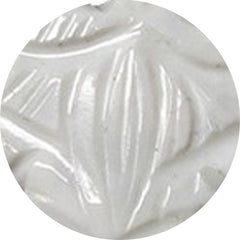 WHITE OPAL (13)
WHITE OPAL (13)
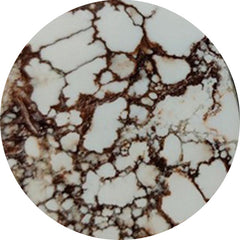 WILD HORSE JASPER (128)
WILD HORSE JASPER (128)
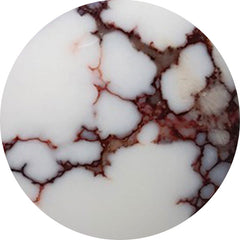 WILD HORSE MAGNESITE (51)
WILD HORSE MAGNESITE (51)
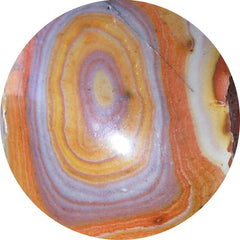 WONDER STONE (1)
WONDER STONE (1)
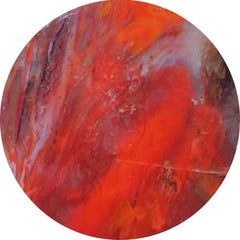 WOOD (209)
WOOD (209)
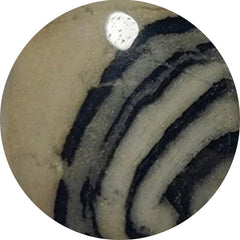 YAVAPAI TRAVERTINE (0)
YAVAPAI TRAVERTINE (0)
 Yellow Gemstones (165)
Yellow Gemstones (165)
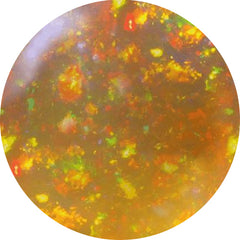 YELLOW OPAL (8)
YELLOW OPAL (8)
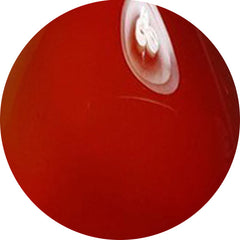 YEMENI AQEEQ (0)
YEMENI AQEEQ (0)
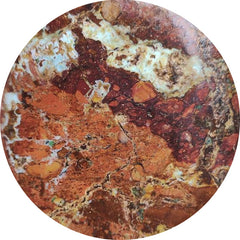 ZARINITE (0)
ZARINITE (0)
 ZEBRA JASPER (1)
ZEBRA JASPER (1)
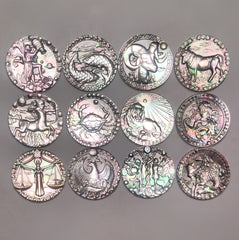 zodiac sign (1)
zodiac sign (1)
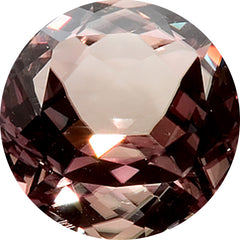 ZULTANITE (5)
ZULTANITE (5)



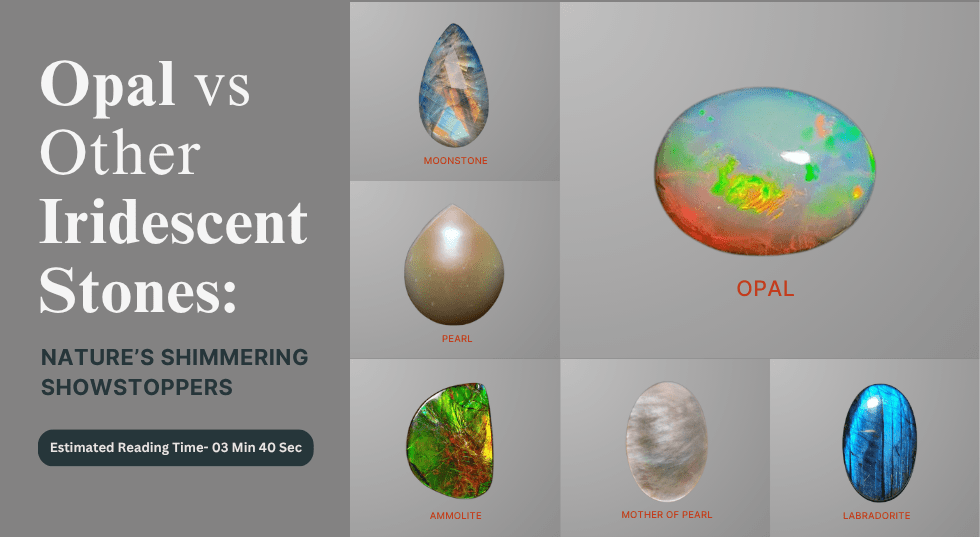











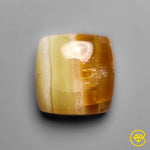
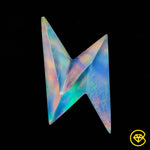
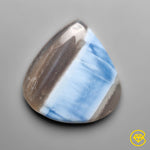
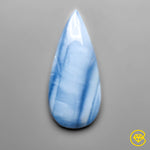
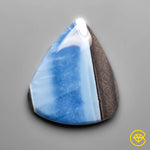
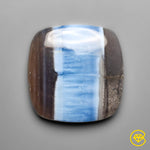

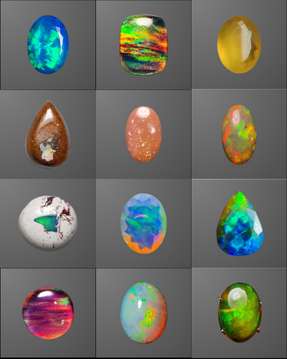


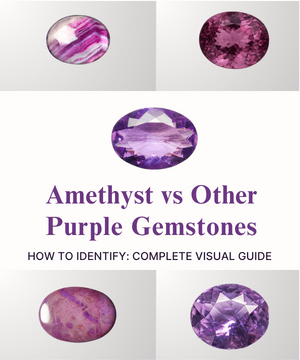
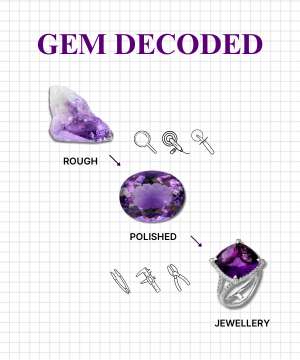


Leave a Comment